The Winners of the 2020 Drone Photo Awards
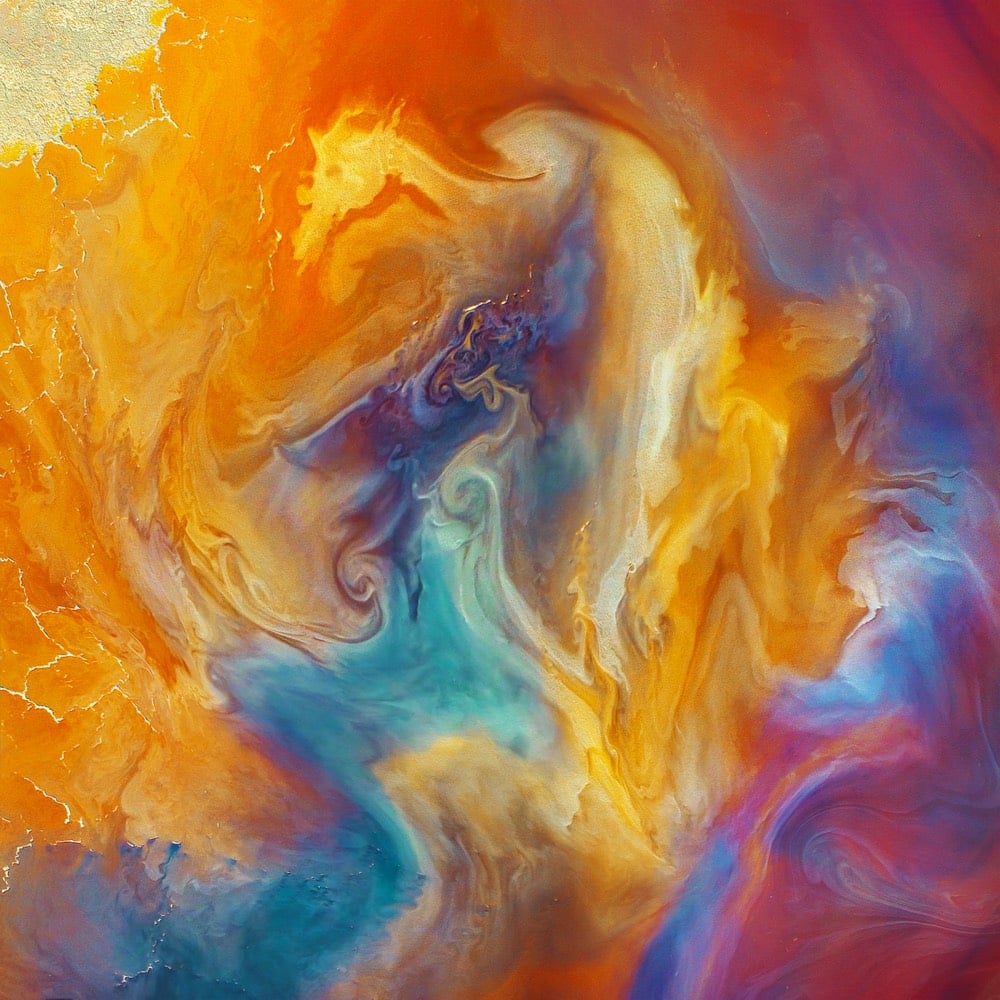
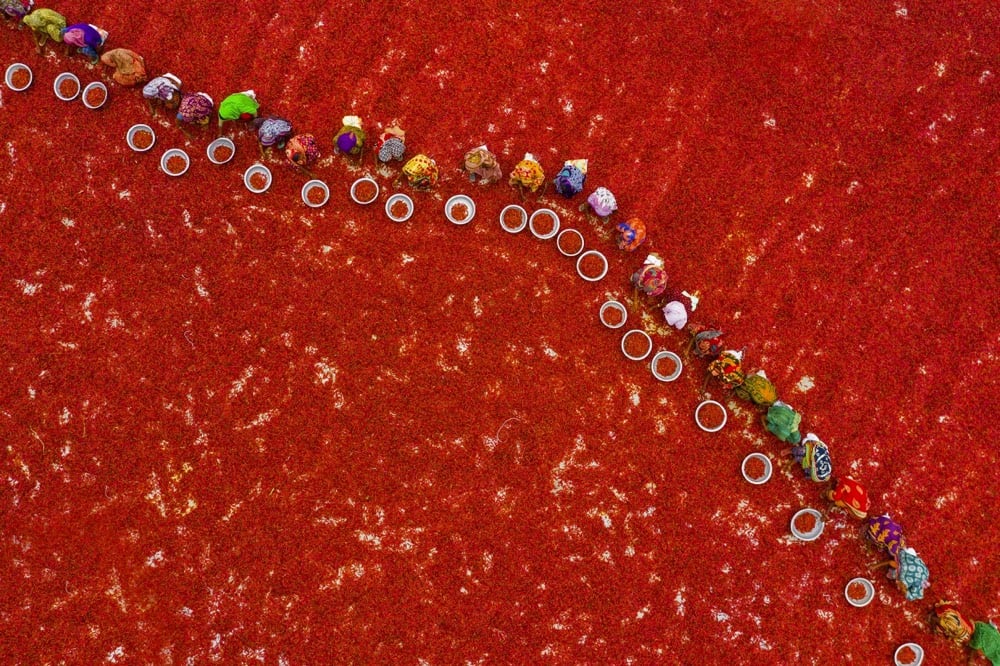
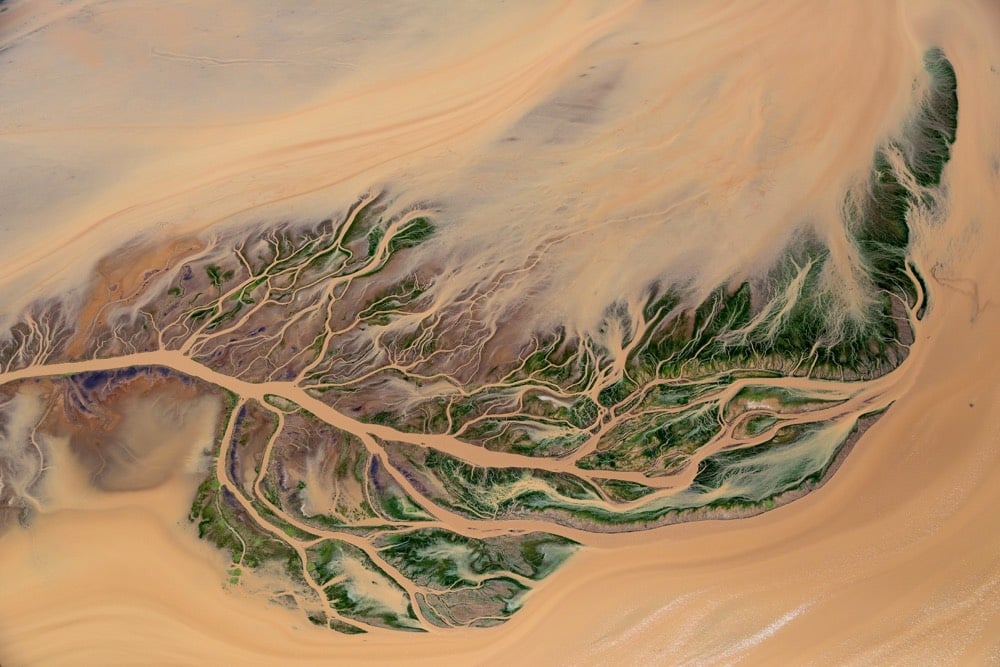
Lots of good aerial photography in the 2020 Drone Photo Awards in several categories (abstract, urban, people, nature, wildlife). Photos above by Paul Hoelen, Azim Khan Ronnie, and Paul McKenzie.



This site is made possible by member support. 💞
Big thanks to Arcustech for hosting the site and offering amazing tech support.
When you buy through links on kottke.org, I may earn an affiliate commission. Thanks for supporting the site!
kottke.org. home of fine hypertext products since 1998.



Lots of good aerial photography in the 2020 Drone Photo Awards in several categories (abstract, urban, people, nature, wildlife). Photos above by Paul Hoelen, Azim Khan Ronnie, and Paul McKenzie.
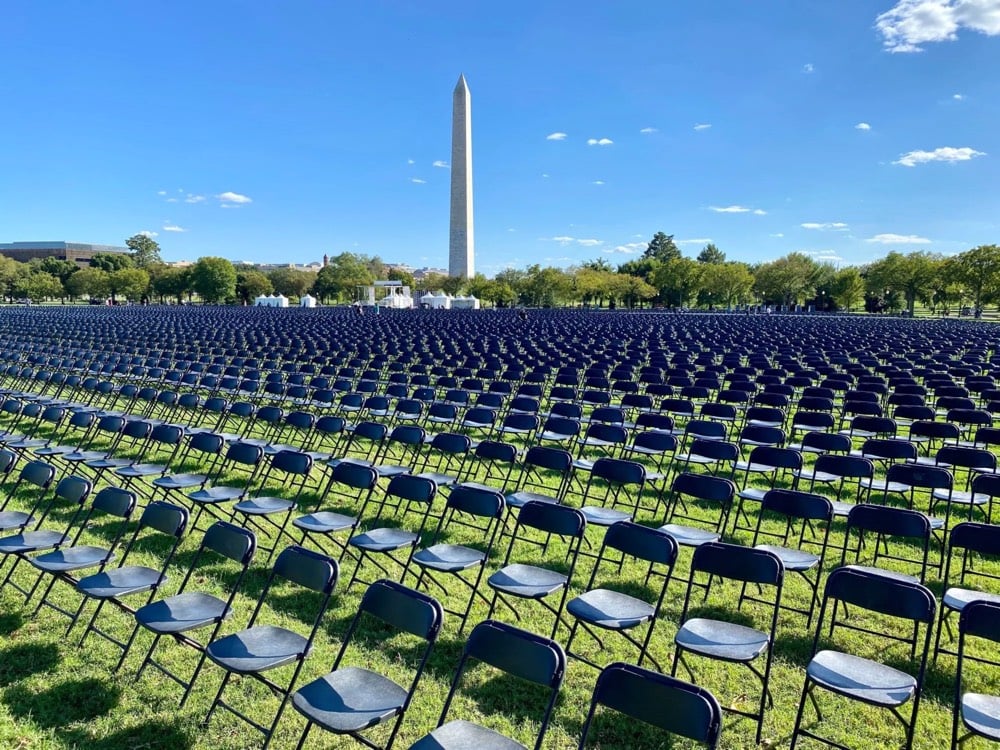
On Sunday in Washington DC, a group called Covid Survivors for Change set up 20,000 chairs in front of the White House to represent the 210,000 people who have died from Covid-19 in the United States.1 Each chair represents about 10 people who have died and their collective emptiness represents both the loss felt by the families & loved ones of those who have died and the feckless, hollow response of the federal government to the suffering.
I’m going to point out once again that whenever you see a number in the media for Covid-19 deaths, that’s the official count. But if you look at the excess mortality in the United States during the period in question, the true death toll is significantly higher. “For example, the US suffered some 260,000 more deaths than the five-year average between 1 March and 16 August, compared to 169,000 confirmed COVID-19 deaths during that period.”↩
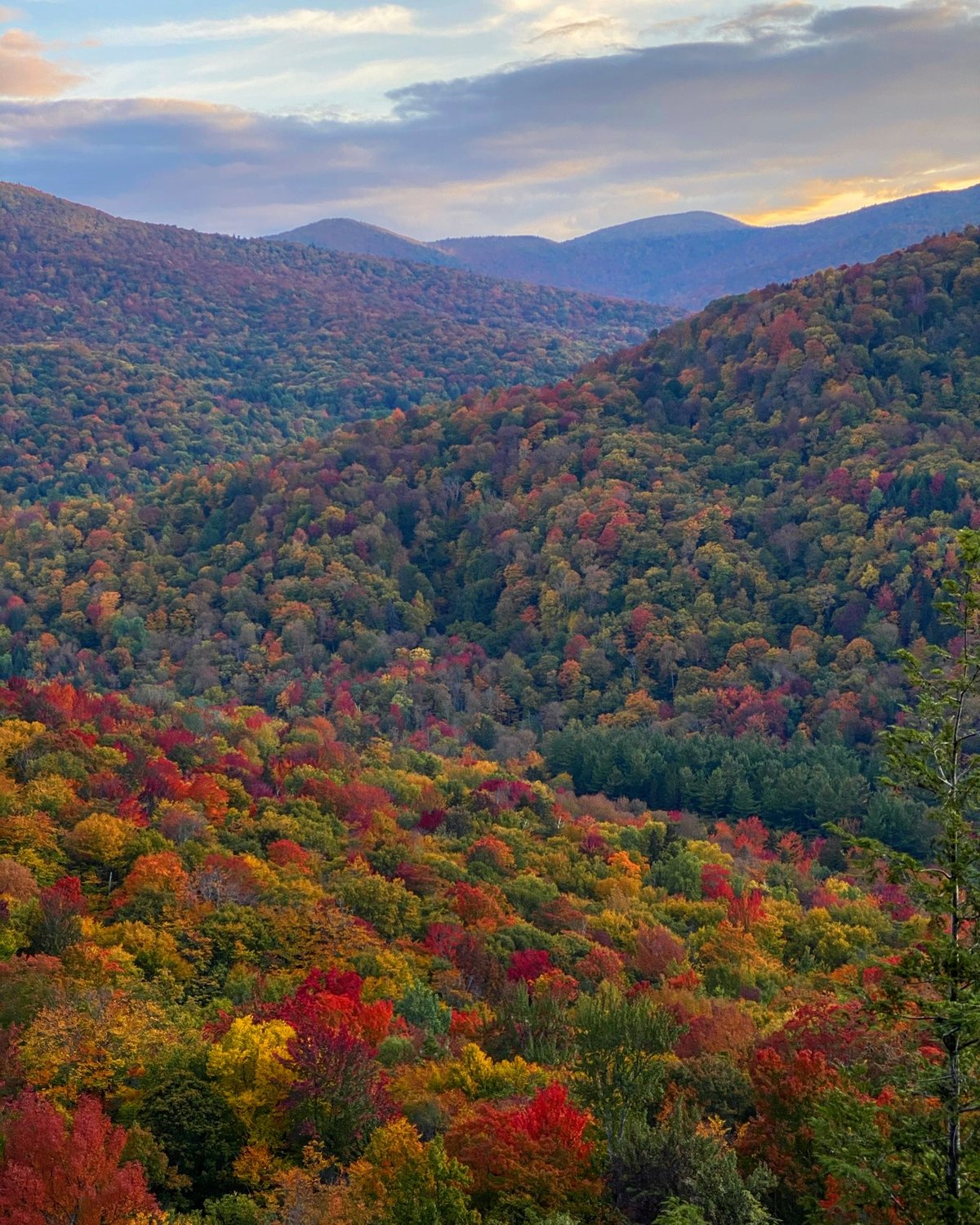
I don’t know whether it’s our dry weather, my increased appreciation for Vermont due to our relative sanity during the pandemic, or just because I’ve been trying to spend as much time as I can outside appreciating nature before the snow flies, but this year’s foliage display seems extra good. Mother Nature just spilled her box of crayons everywhere.
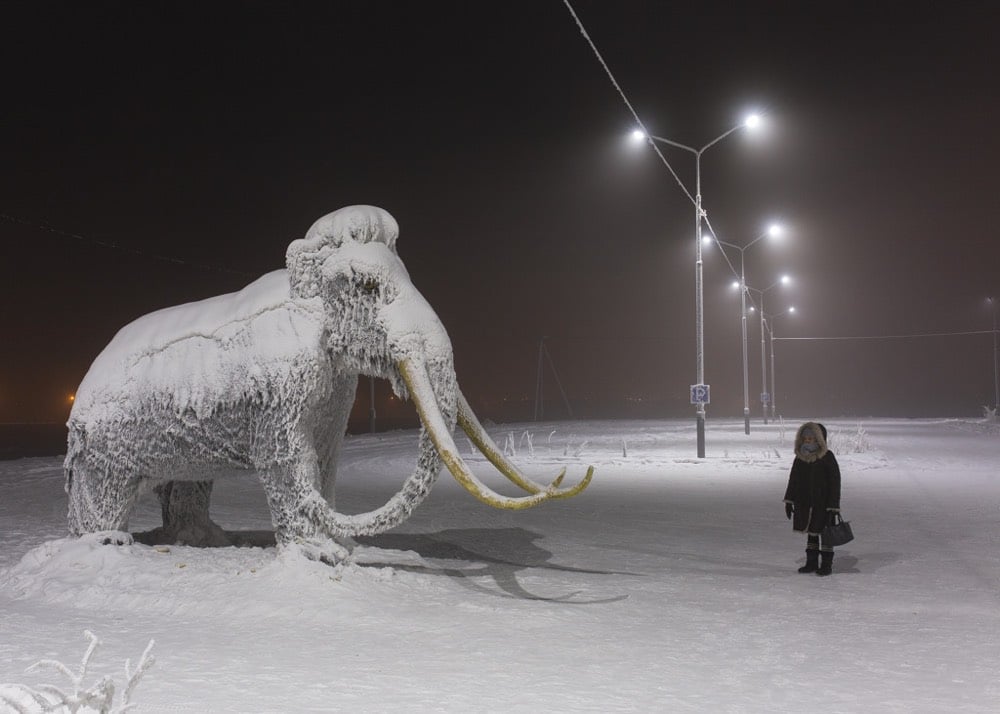
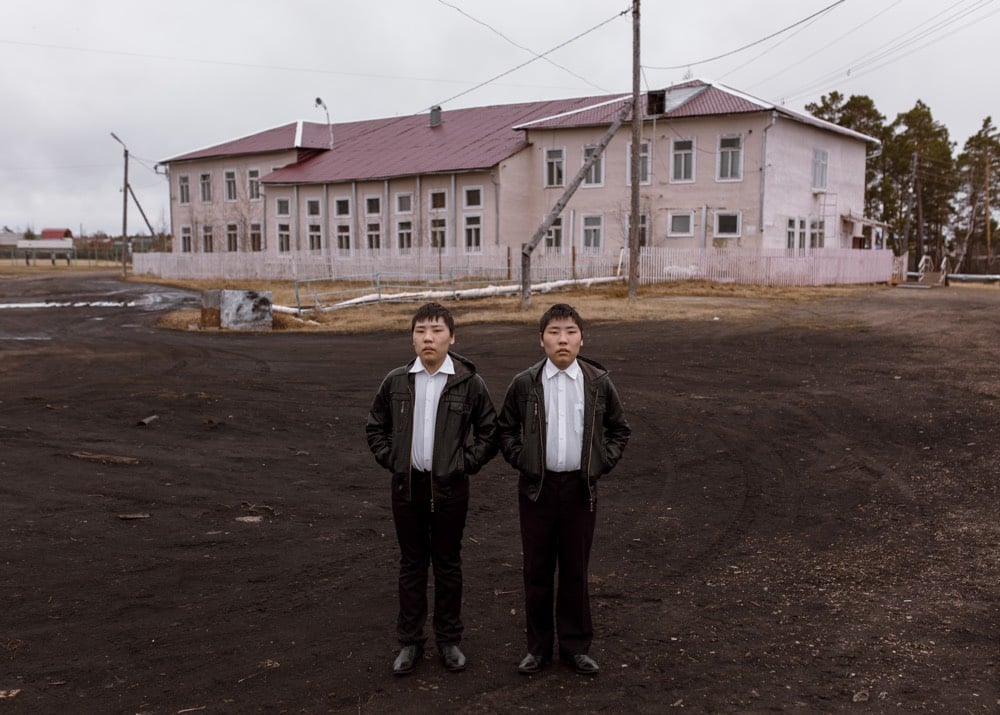
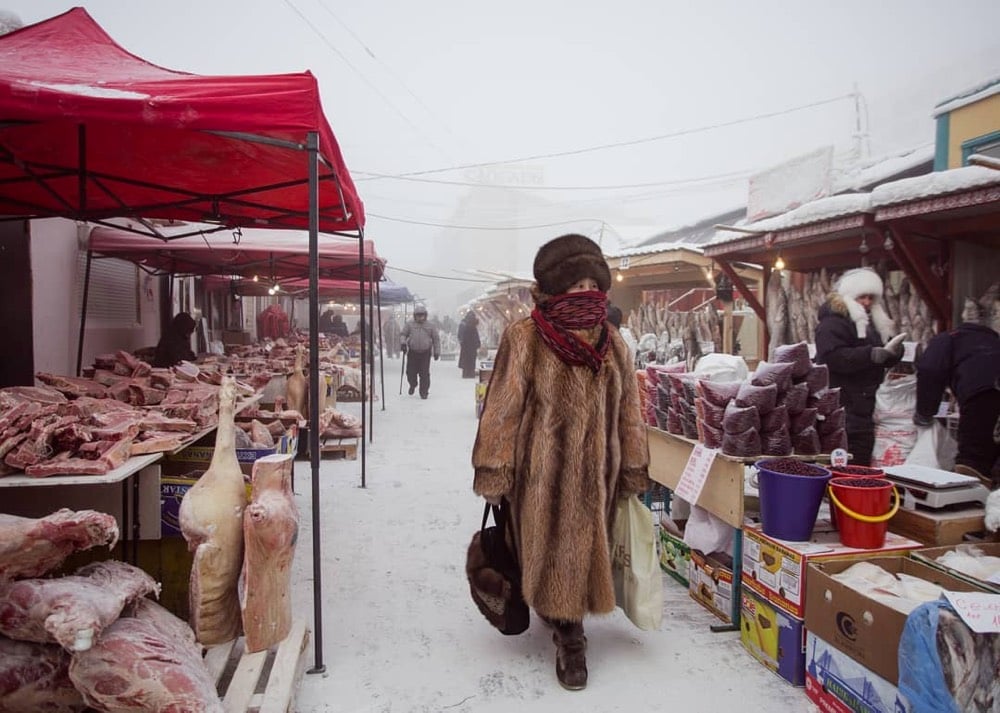
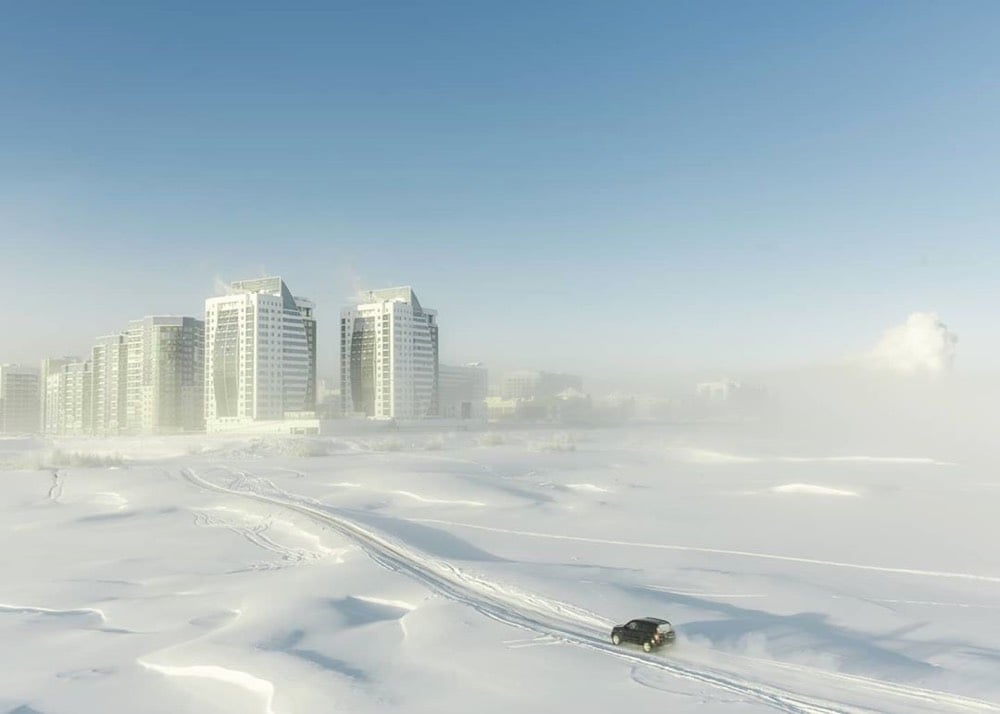
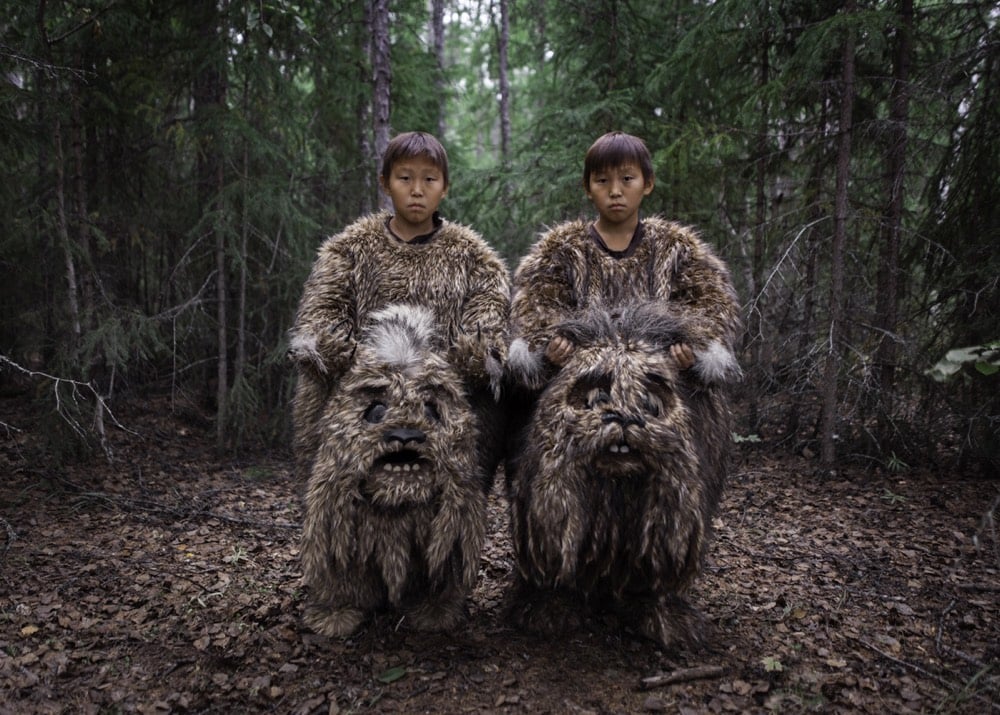
Alexey Vasilyev’s photos of the remote Russian territory of Yakutia (also known as Sakha, ultra-cold in the winter and hot in the summer) and the people who live there are really something.
Yakutia is the largest region of Russia, but it is almost not explored by man. The number of population is only one million on three million square kilometers. There is no other corner on the Earth where people live in such a severe and contrasting climate. In summer the air warms up to 40 degrees Celsius and in winter it drops to 60 degrees below zero. There is the longest duration of winter, temperatures below zero and snow lies here from October to mid-April.
The transport system has made Yakutia one of the most inaccessible areas in the world. There are almost no railways and few roads. Some places can be reached by plane or helicopter only. The remoteness from the world and severe climatic conditions determined a special way of life and culture of local residents.
That culture includes an enthusiasm for filmmaking, which Vasilyev has also captured.
However, Yakutia is famous not only for the severe climate and gold which is mined here, but also for the cinema. Yakut films participate in international festivals in Europe and Asia, receive awards, which are already more than 80. Yakut Hollywood is called “Sakhawood”.
People with different experiences are engaged in filmmaking. Most directors have no special education, for some of them directing is not the main way to earn money. Actors are people who work in the theater, or people who have never acted in a movie before. About 7-10 feature length films are shot here per year, from romantic comedies to fairy tales, based on local legends and beliefs. Sometimes Yakut movies have better box office than world blockbusters.
You can find more of Vasilyev’s work on Instagram.
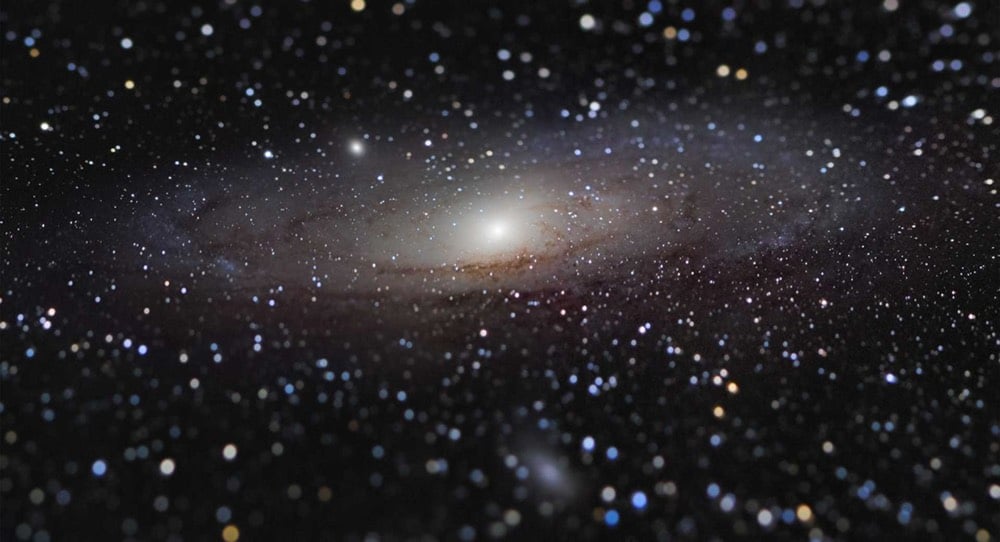

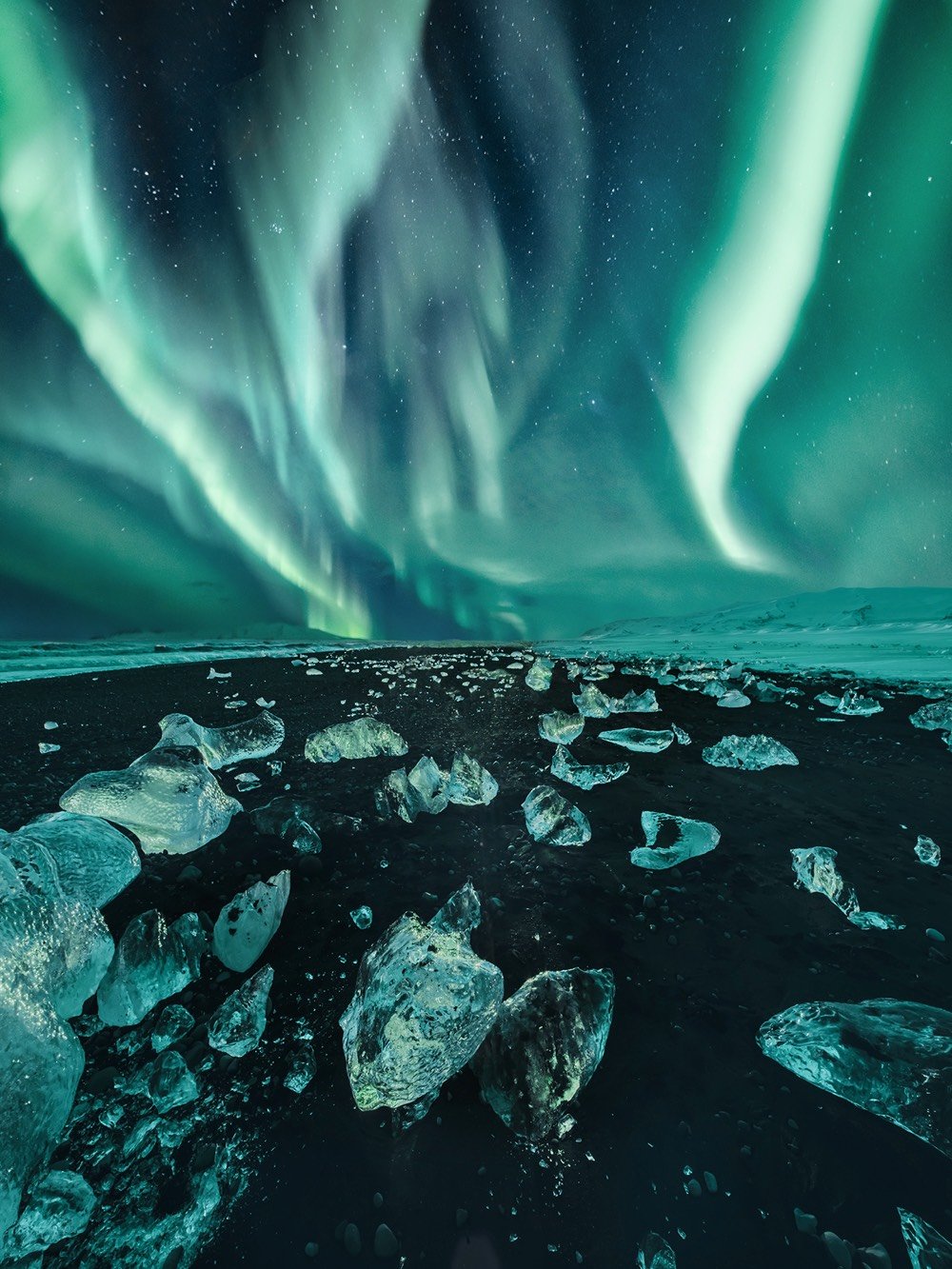
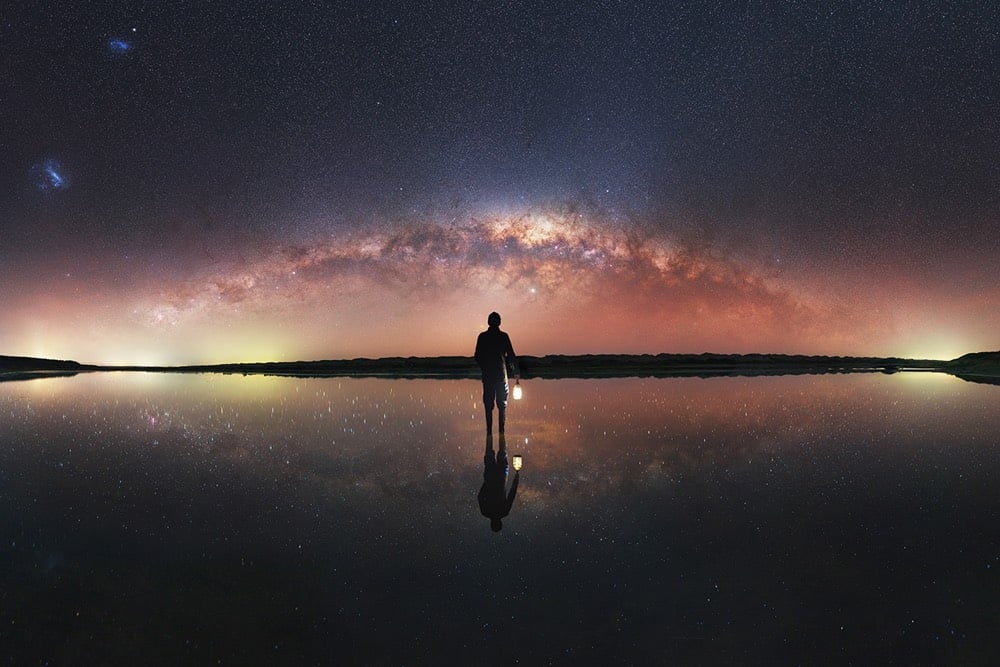
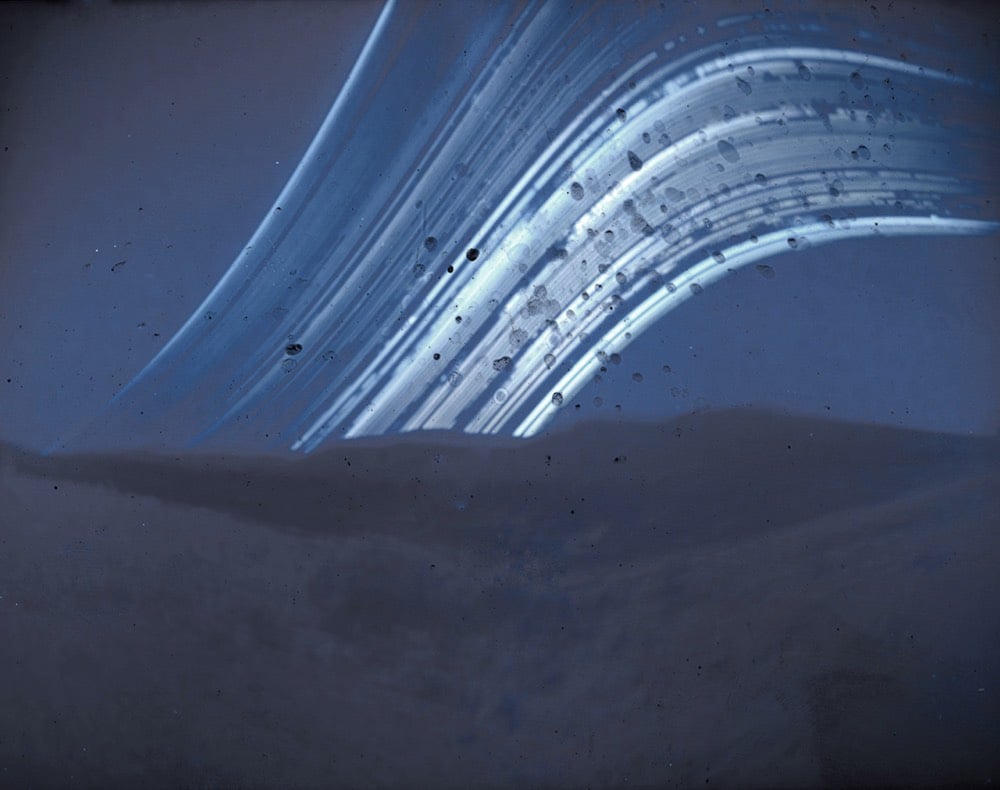
The winning entries from the Insight Investment Astronomy Photographer of the Year 2020 competition are here and they are spectacular. As longtime readers can attest, I will never get tired of looking at photos of the sky and space.
Above from top to bottom: Nicolas Lefaudeux’s tilt-shift shot of the Andromeda Galaxy, Alain Paillou’s ultra-contrasty photo of the Moon, Kristina Makeeva’s aurora shot, Evan McKay’s self-portrait under the Milky Way, and Olga Suchanova’s 3-month exposure of the Sun’s path through the sky using a beer can pinhole camera. You can read a little bit about how Suchanova got that shot on 35mmc:
If exposure times on the order of minutes seem long, try months. Olga Suchanova (London, UK) used a pinhole camera made from a beercan — and not just any beercan, but a Peter Saville design for the Tate Modern — to record the solargraph below.
She used Ilford paper, exposed for 3 or 4 months at an art residency in Almeria, Spain. The long exposure traces the sun’s path across the sky over multiple days — sunny days make brighter lines, and as spring turns to summer, the sun rises higher in the sky. The fantastic colours — another consequence of the long exposure — are created spontaneously on black and white paper, without the need for development or any other chemical processing.
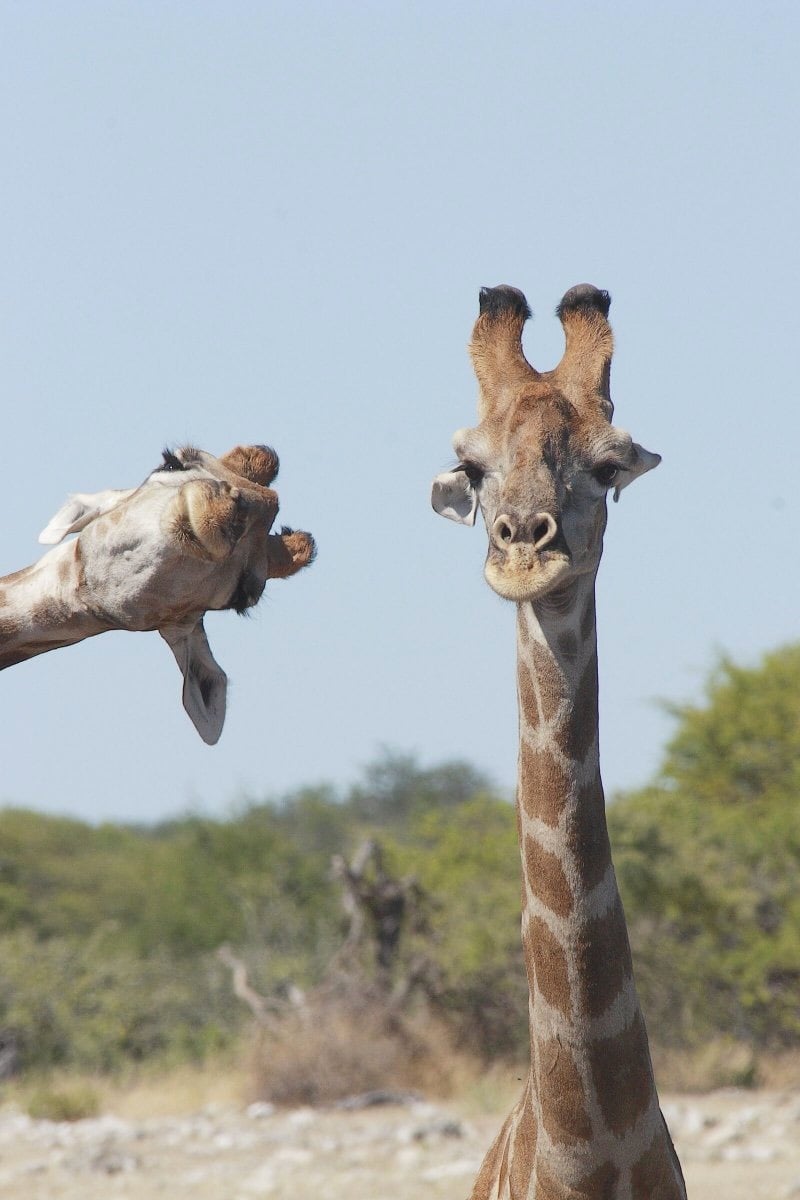
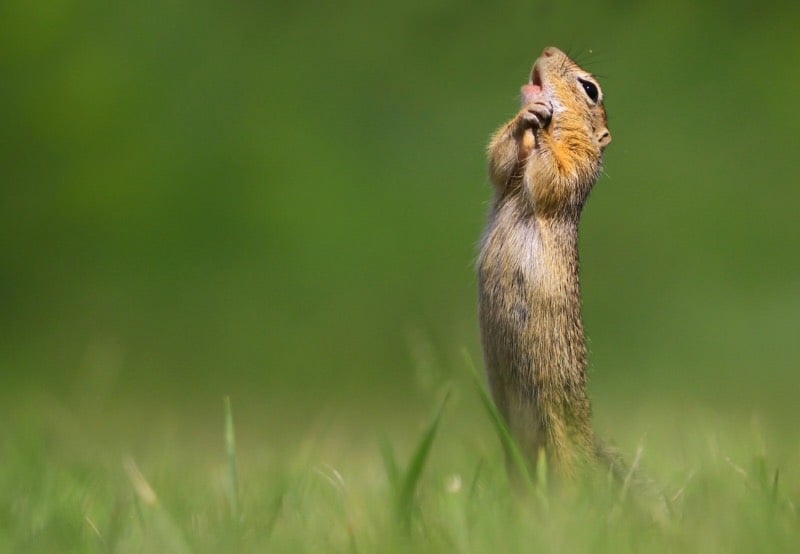

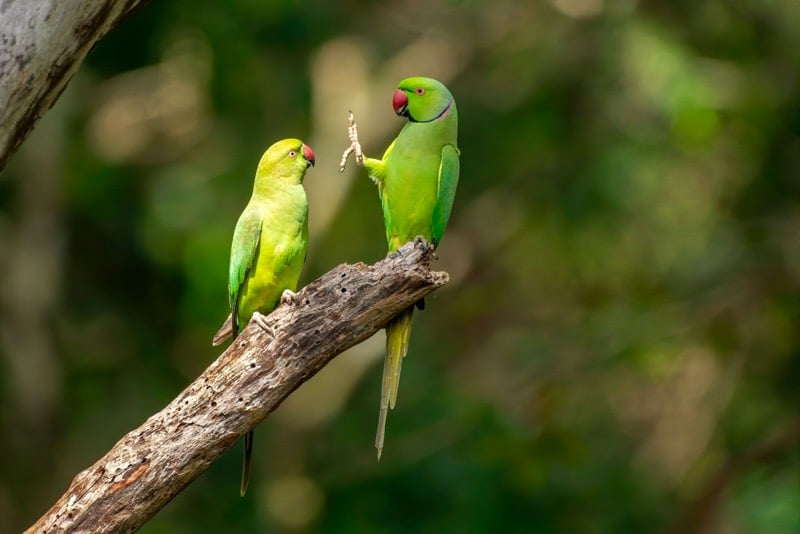
Each year, photographers entering the Comedy Wildlife Photography Awards capture animals in various hilarious (and often anthropomorphic) situations and this year’s finalists can hopefully provide you with some relief from the absolute shitstorm that’s raging outside our skulls here in 2020. [Uh, how about something a little more upbeat next time? -ed] (via digg)
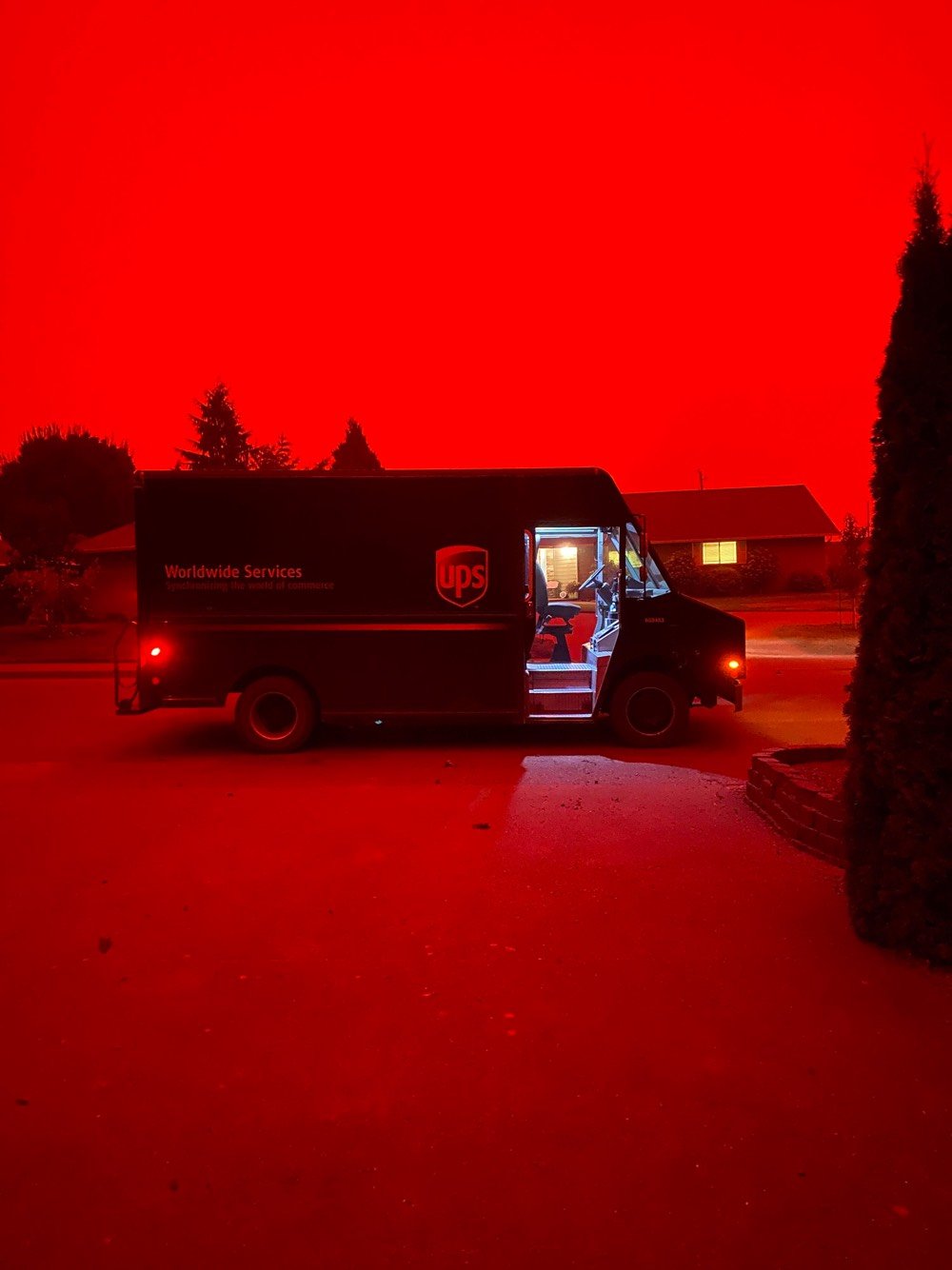
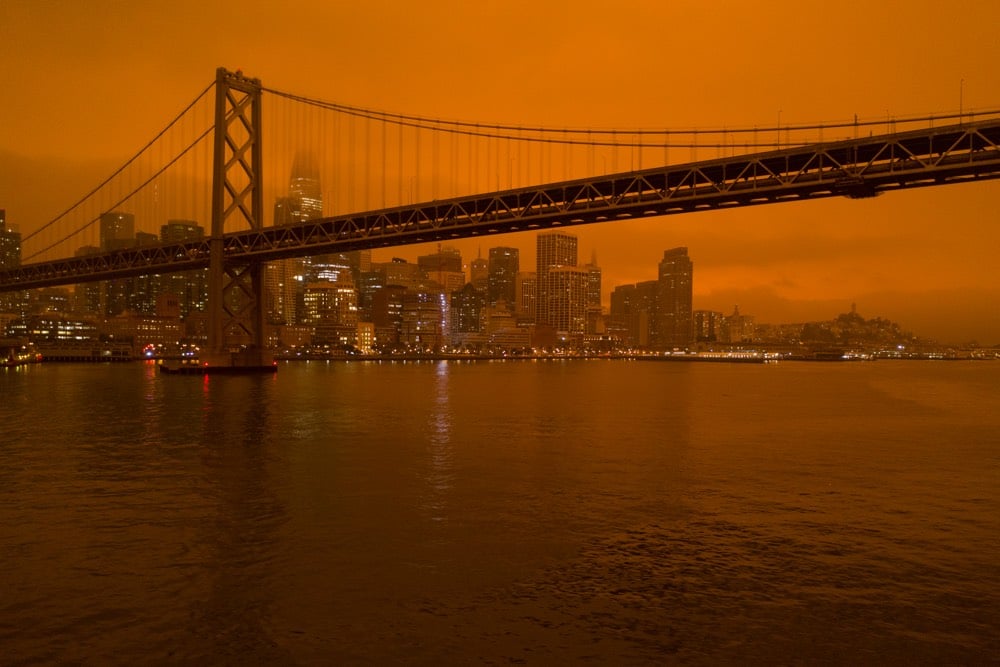
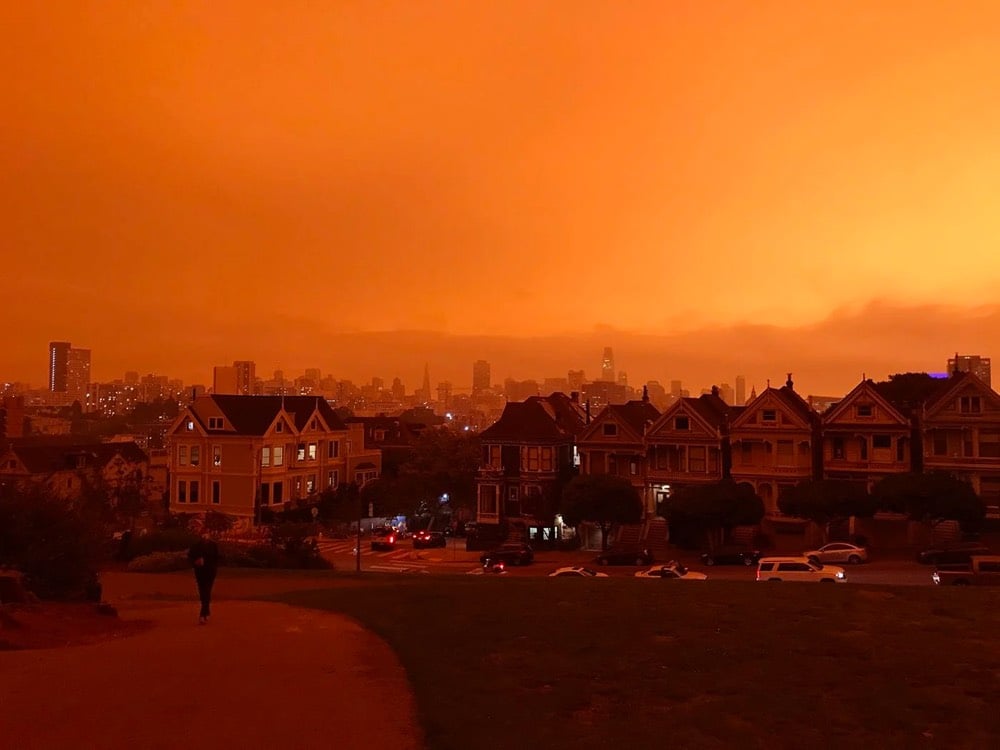
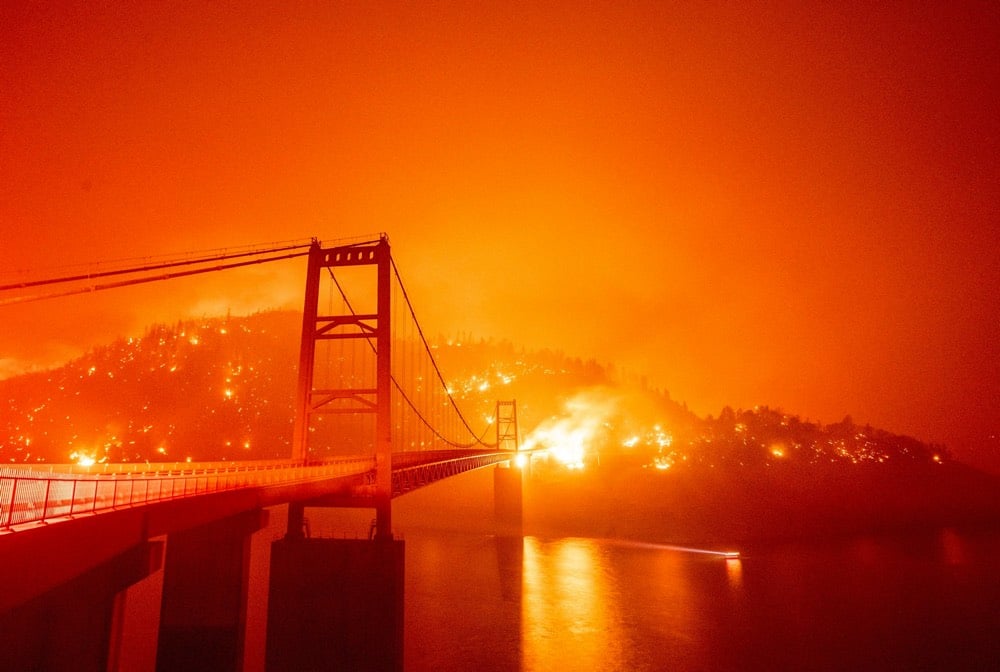
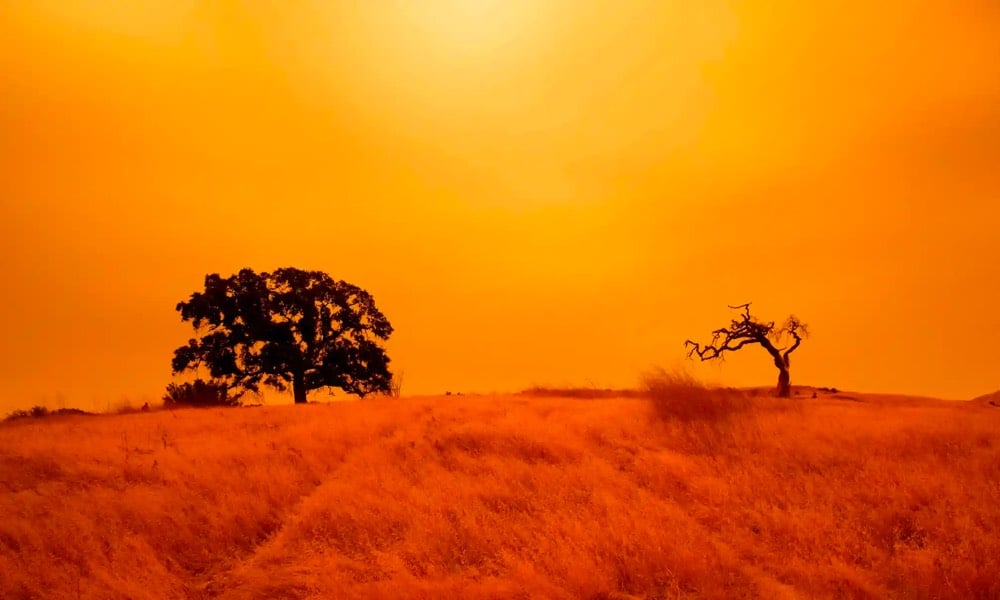
All day yesterday, my social media feeds were full of photos taken of the skies on the west coast, bloodied red and orange from the wildfires raging in California, Oregon, and other western states. Each fresh photo I saw shocked me anew. Friends told me: as weird as the photos look, they don’t do justice to what this actually looks like and feels like in real life. Automatic cameras (as on smartphones) had a tough time capturing the skies because the onboard software kept correcting the red and orange colors out — the phones know, even if climate change denying politicians and voters don’t, that our skies aren’t supposed to be that color.
I’ve compiled a few photos and photo collections taken of the western skies over the past few days:
Keep in mind that these photos were taking during the day — it only looks like night because the smoke so completely blocked out the sun.
And let me be clear (because others have not been): the frequency and intensity of the western wildfires over the past years are driven in part by climate change. These fires, along with the death, property damage, and poor health they’ve caused and will continue to cause, are just some of the debts coming due for decades of bad public policy, political inaction, and deliberate negligence by fossil fuel companies. The climate has changed and these are the consequences — the message in the sky is simply unmistakeable.

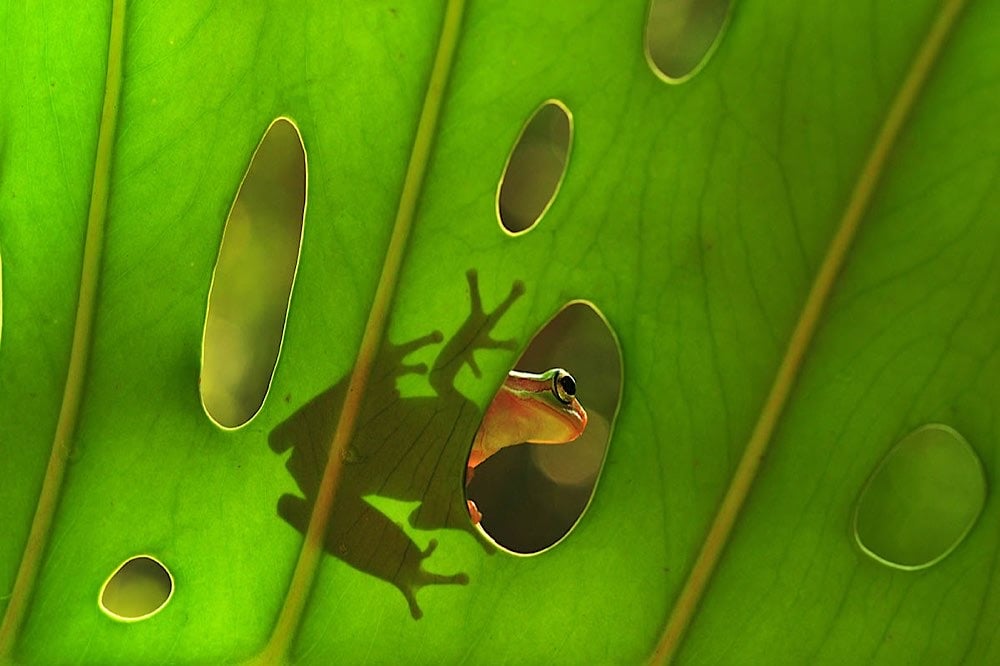

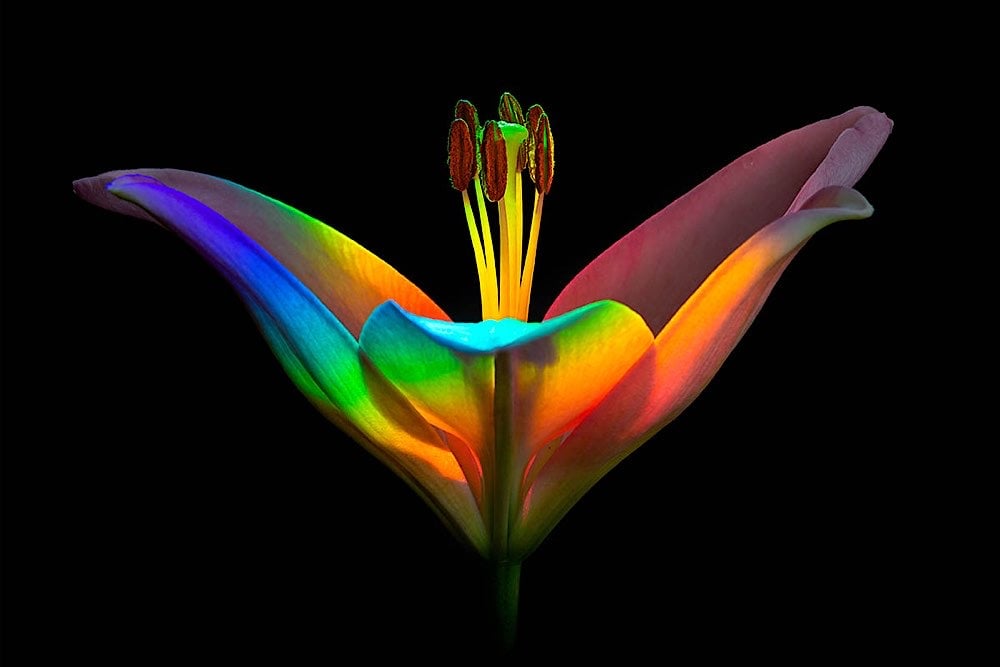
The International Garden Photographer of the Year has announced the winners of their macro competition, featuring some of the best close-up photography of the botanical world. My nature-loving daughter and I picked out a few of our favorite entries above. Photos by (top to bottom) Anne MacIntyre, Minghui Yuan, Bruno Militelli, and Ecaterina Leonte. (via moss & fog)
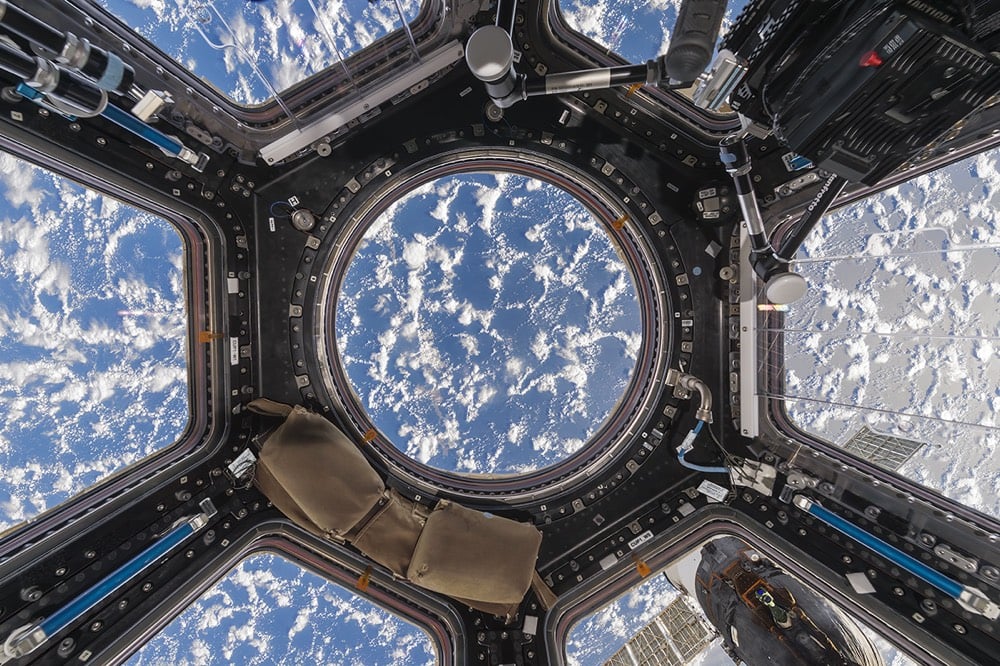
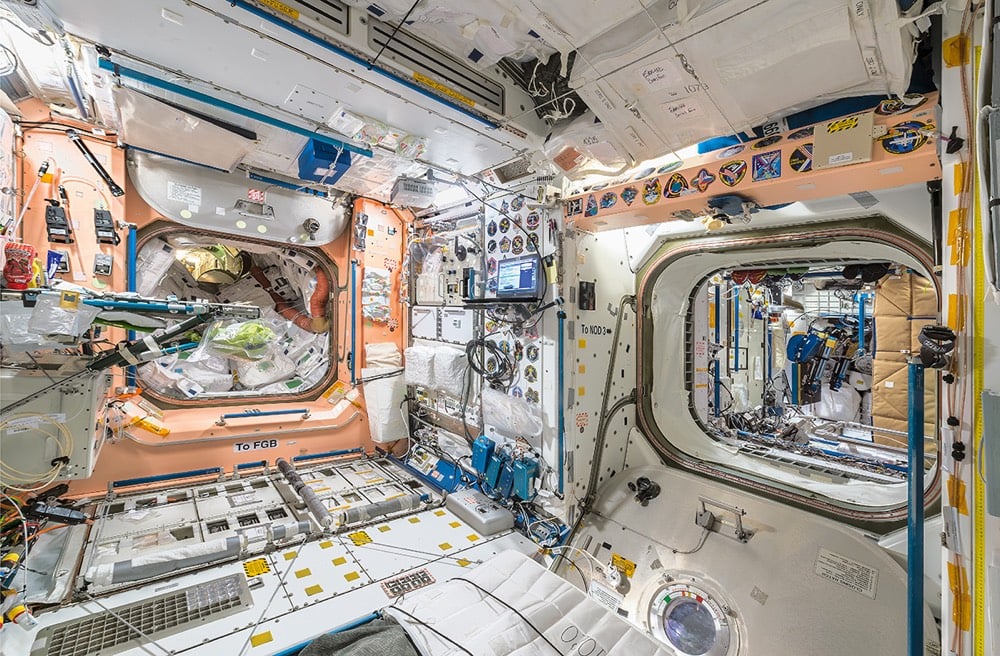
Roland Miller, a long-time photographer of space exploration projects, and Italian astronaut Paolo Nespoli has teamed up to produce a book of photographs of the interior of the International Space Station. According to a profile of the project from Colossal, Miller used interior views of the ISS on Google Earth to stage shots, which would then be executed by Nespoli in space. Nespoli, an engineer, also built a stabilizing rig for the camera.
Because the ISS was in a weightless environment with fluctuating light, many of the images astronauts typically capture utilize a flash, which Miller, who generally photographs using a very low shutter speed, wanted to avoid. “The first problem you run into is you can’t use a tripod in space because it just floats away, and the station itself is going 17,500 miles an hour. Just because of the size and the speed, there’s a harmonic vibration to it,” he notes. To combat the constant quivering, Nespoli constructed a stabilizing bipod and shot about 135 images with a high shutter speed, before sending the shots to Miller for aesthetic editing.
You can get a copy of the book (or prints) by backing the project on Kickstarter.
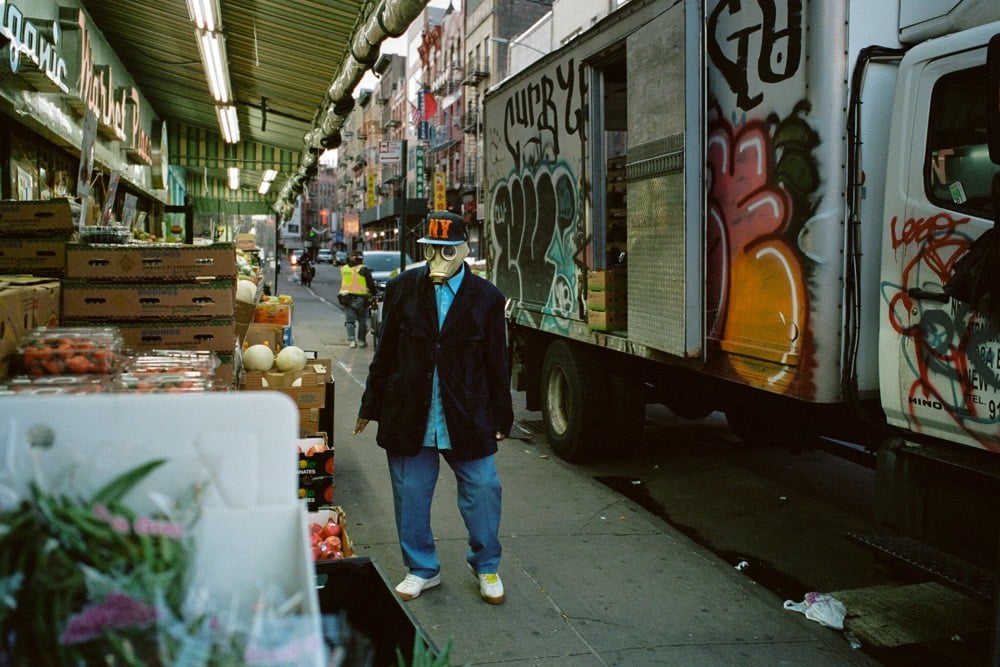
Photographer Daniel Arnold and editor Dodai Stewart collaborated on a photoessay documenting the first five months of the pandemic in NYC. That image above is just…wow.
See also COVID-19 Empties Out Public Spaces.
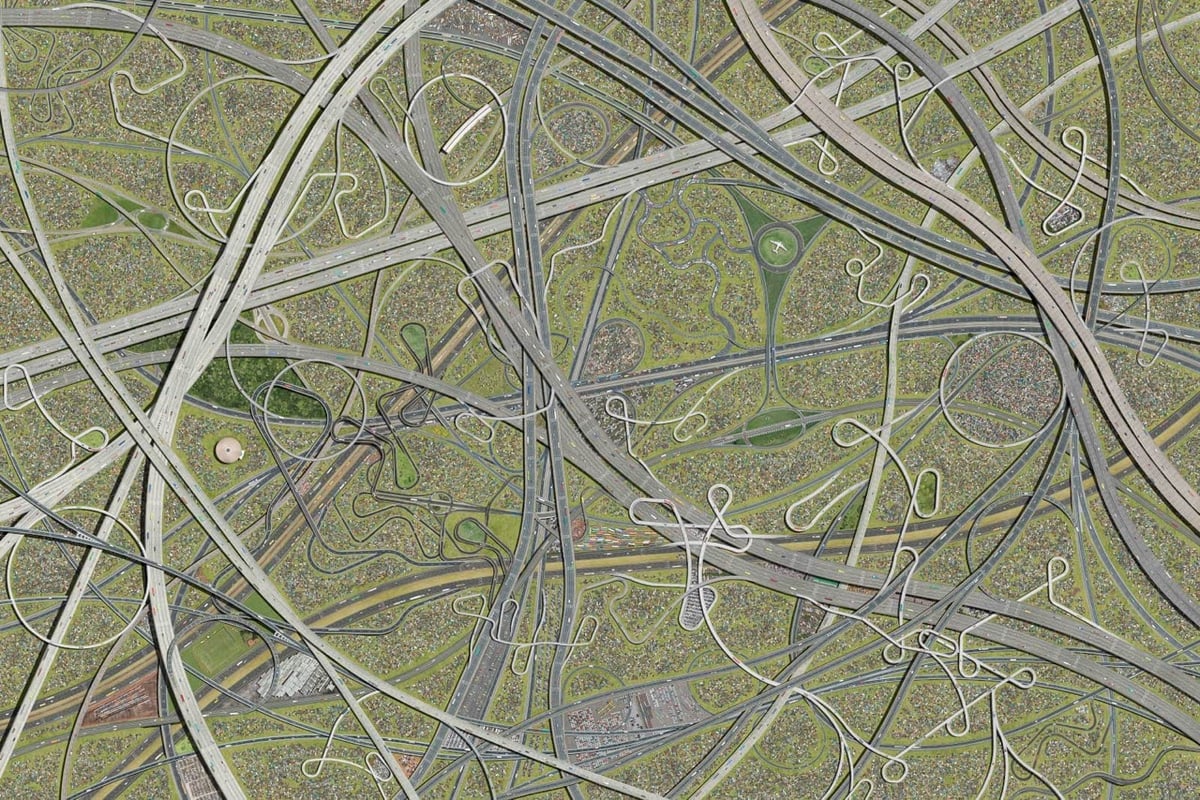
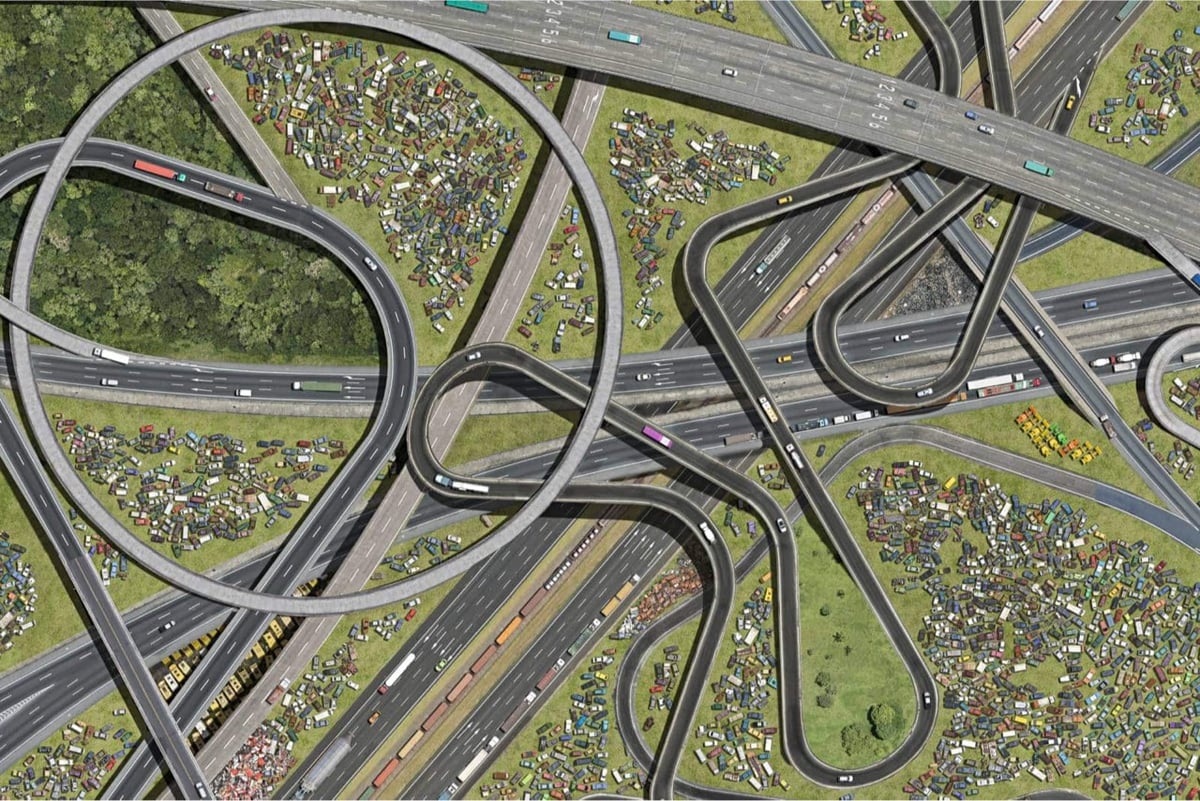
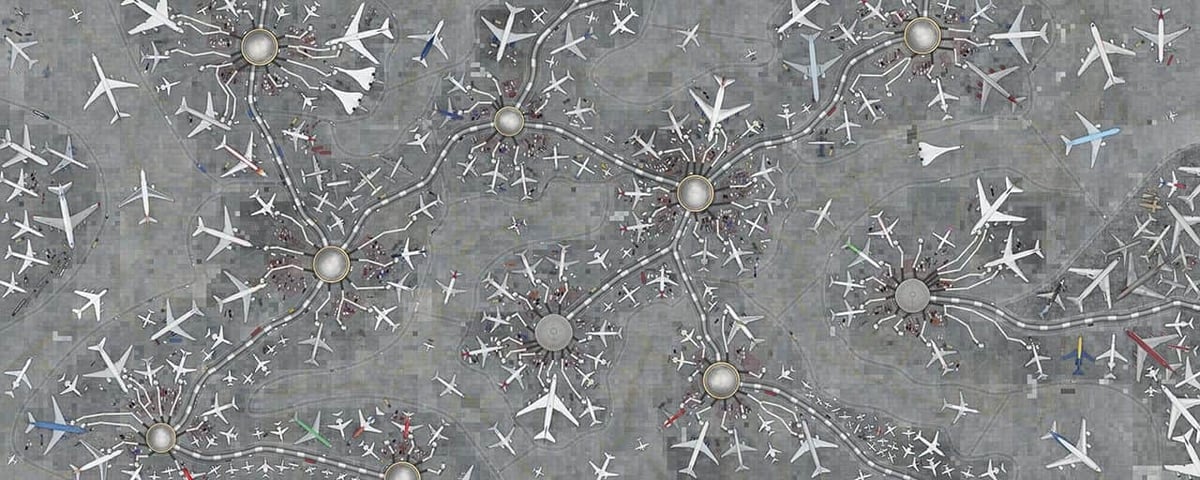
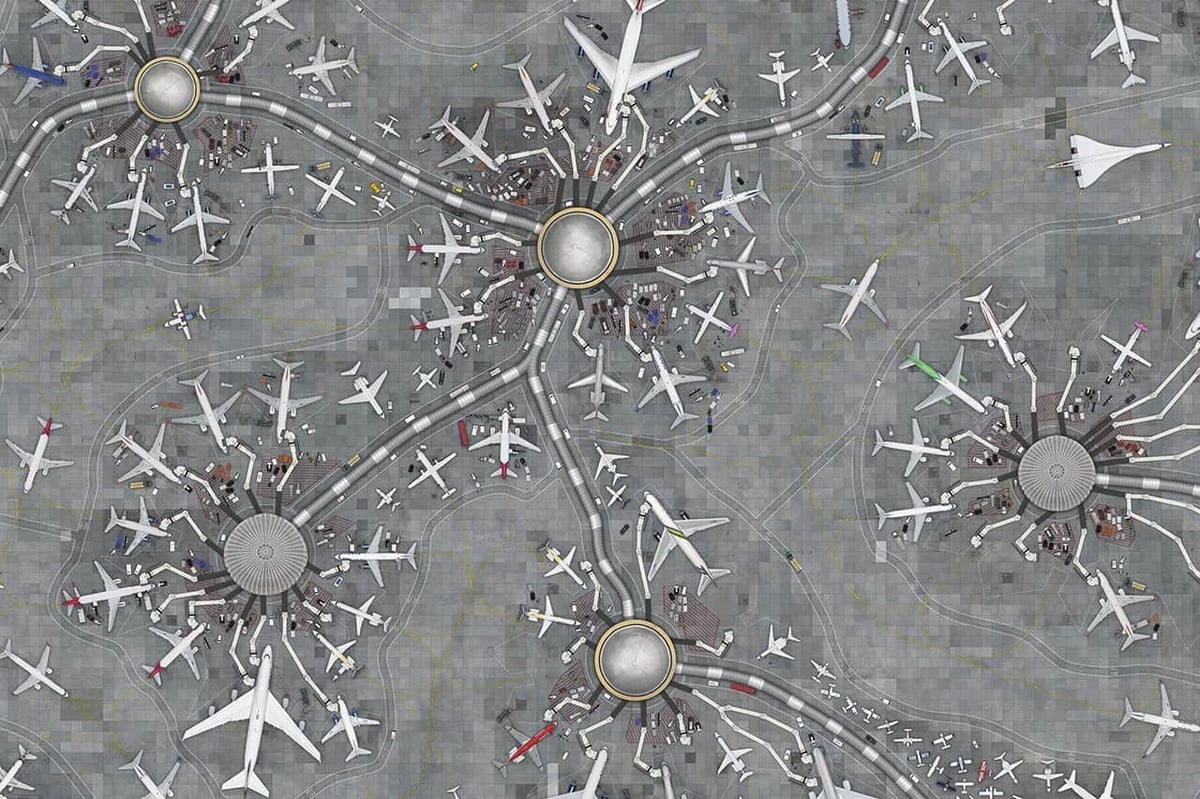
For his Collectives series, Cássio Vasconcellos takes crowded urban scenes and stitches them together to form fantastical patterns of human activity that look abstract from far away but detailed close up. These are great onscreen, but I’d love to see them in person someday. I could imagine looking at the highways one for hours, zooming in and out on all the details.
See also Sporting Events Compressed into Single Composite Photos. (via print)

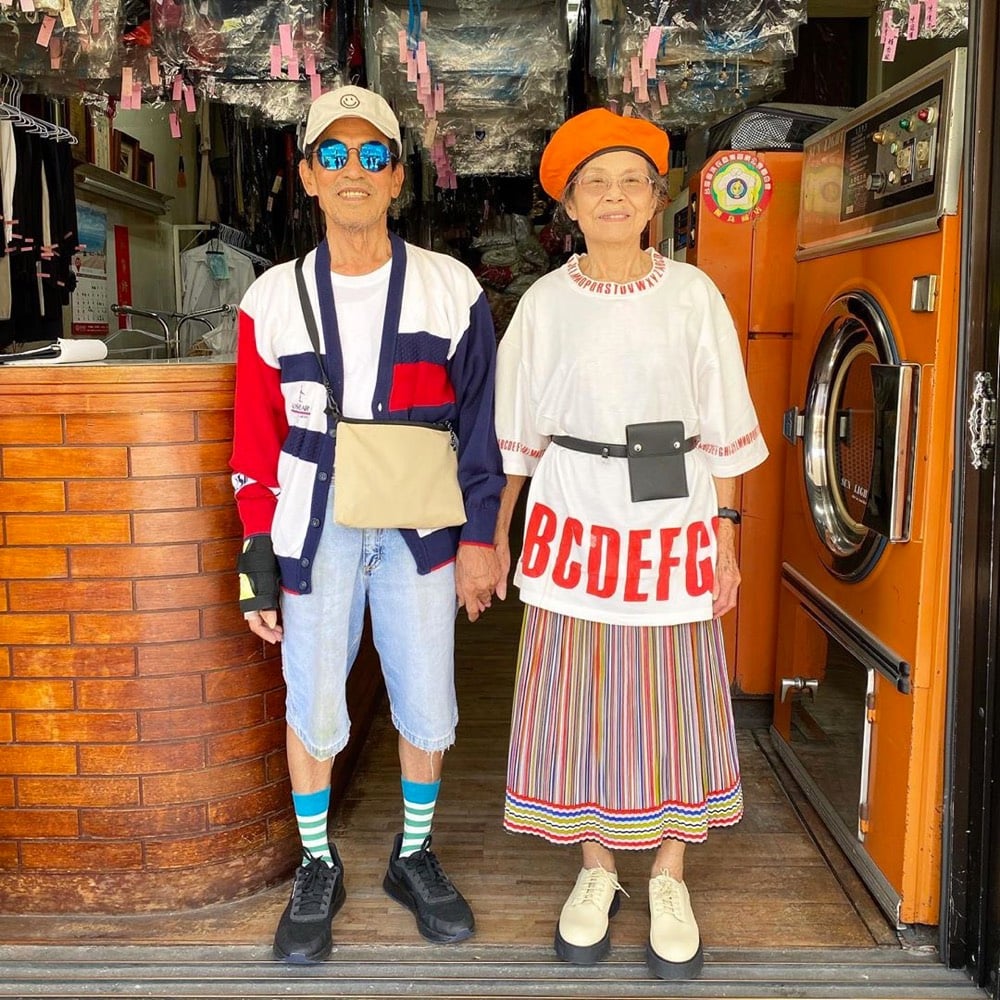
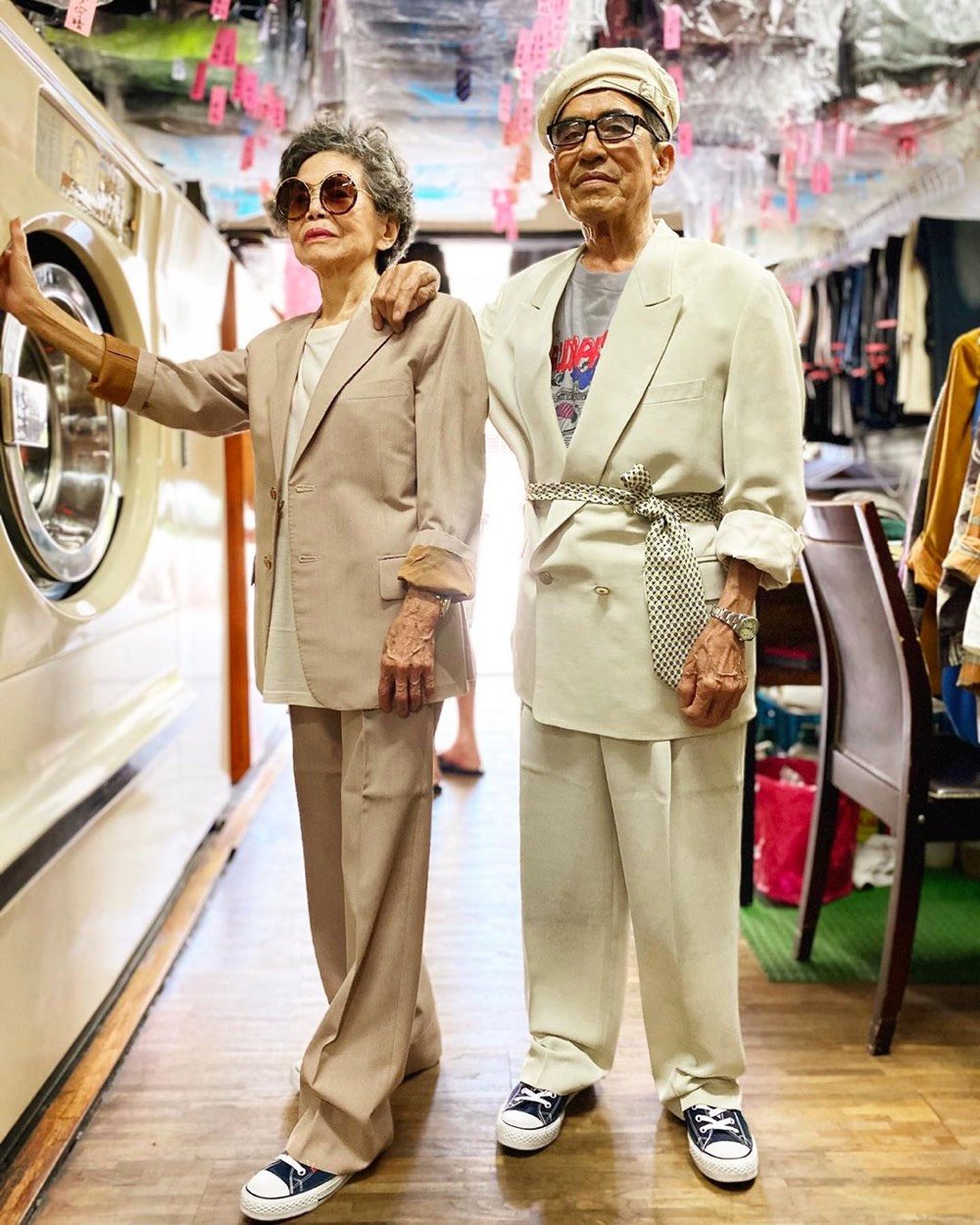
One of the downsides of running a laundry shop is sometimes people drop off their clothes to be cleaned and they never come back to pick them up or, crucially, to pay the bill for services already rendered. About a month ago, Reef Chang came up with the idea of styling his octogenarian grandparents in some of the forgotten clothes from their Taiwan laundry shop and posted the results to Instagram. The internet, starving for positivity in the midst of global turmoil, responded energetically to the upstart modeling careers of Chang Wan-ji and Hsu Sho-er. The NY Times reports:
They are naturals in front of the camera. Ms. Hsu, 84, exudes the haughtiness of a supermodel but retains an air of playfulness. Mr. Chang, 83, is the perfect foil, complementing his wife’s swagger with a chill disposition while rocking bountiful eyebrows.
“His eyebrows really are something else,” Ms. Hsu said smiling in an interview in the rear of the laundry shop, next to a small shrine to the earth god Tudigong, a common feature of traditional Taiwanese homes.
The clothes they model are eclectic, funky and fun. Both can be seen in matching laced sneakers, and jauntily perched caps and hats. He sometimes sports brightly colored shades. One photo shows her leaning coolly against a giant washing machine, arms crossed, as he casually holds the open door, grinning. They pose at a place they know well — their shop, which provides an industrious backdrop of customers’ laundry, stacked and rolled into plastic bundles or hanging from racks.
Check out the couple’s continuing fashion journey on Instagram.

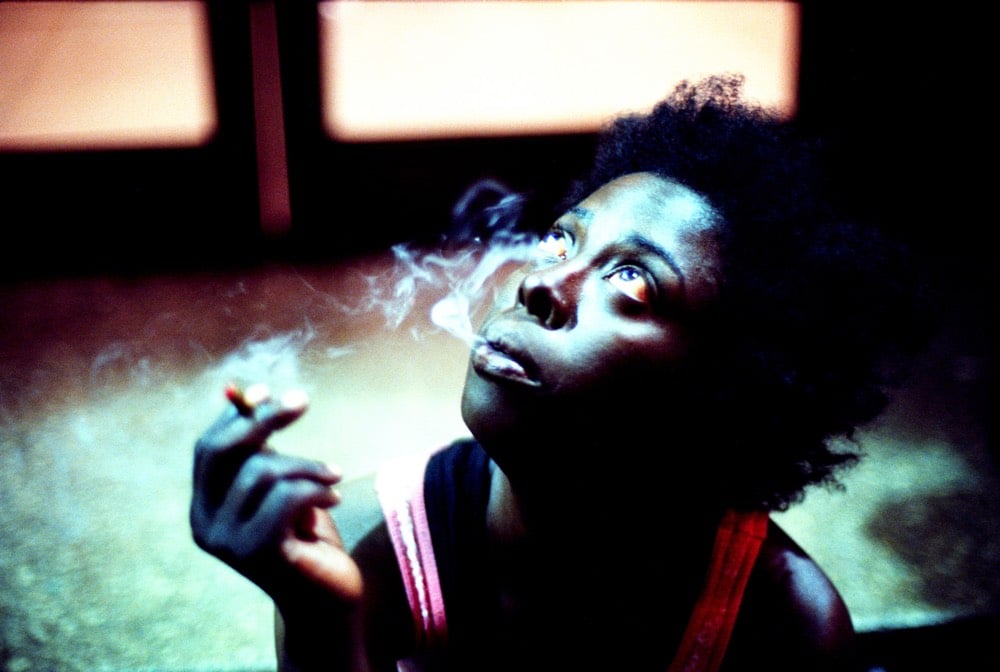
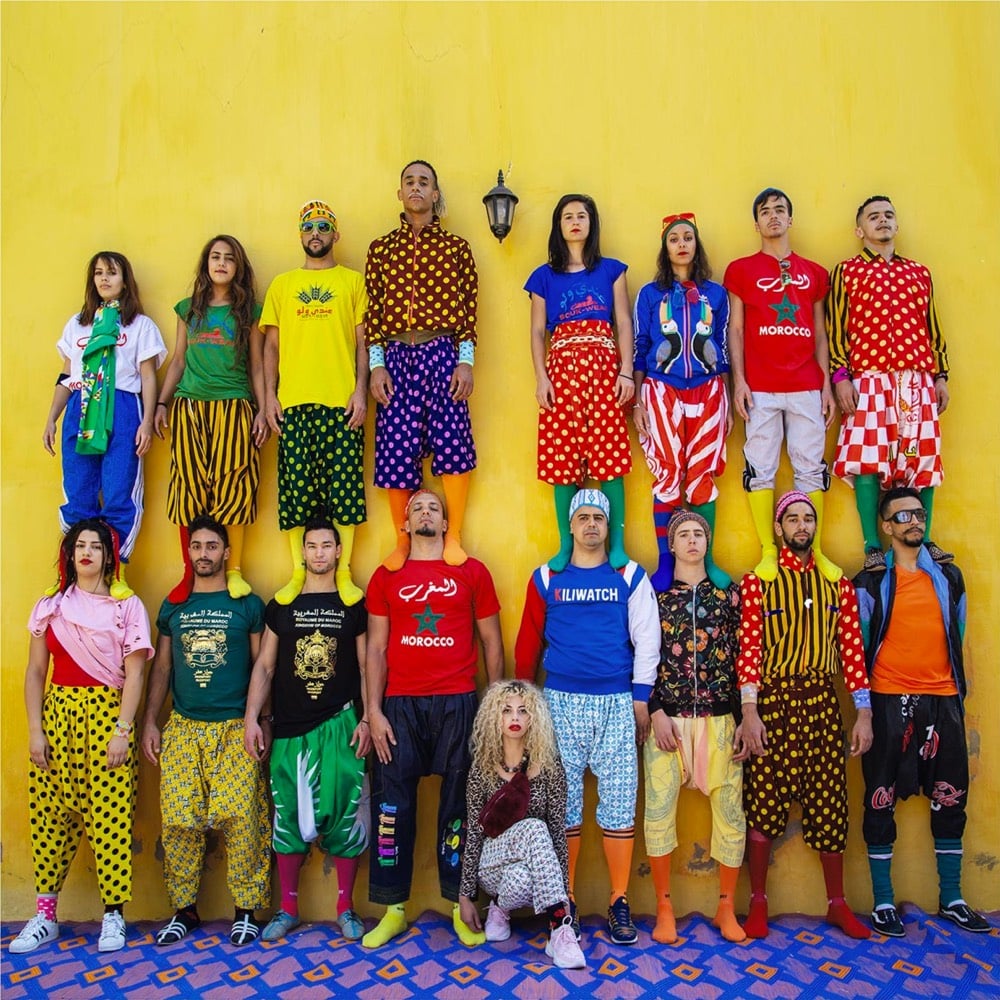
Magnum Photos and Vogue are teaming up for a week-long print sale to benefit the NAACP.
Solidarity, the July 2020 Square Print Sale, will bring together over 100 images by international visual artists in support of the NAACP. In a year of global societal and political upheaval that has seen the Black Lives Matter cause taken up around the world as well as hundreds of millions facing government restrictions on movement, this theme challenges participating photographers to reflect upon the power of togetherness in tumultuous times.
The photographers and their subjects include bold-faced names like Muhammad Ali, Angela Davis, Bruce Davidson, Barack Obama, and Robert Capa, but there is strong work throughout from amazing photographers all over the world. Each print is $100 and either signed by the photographer or stamped by their estate and 50% of the proceeds will go to the NAACP. Check out the full selection here; the sale ends on Aug 2.
Above from top to bottom, activist Angela Davis by Philippe Halsman, Sapphire by Khalik Allah, and Groupe Acrobatique de Tanger by Hassan Hajjaj. (via colossal)

The European Space Agency’s Solar Orbiter is not even at its closest distance to the Sun and its telescope has already captured some images that reveal new information about our star, including features called “campfires” that are too small to have been captured by previous instruments. From the description of the video embedded above:
This animation shows a series of close-up views captured by the Extreme Ultraviolet Imager (EUI) at wavelengths of 17 nanometers, showing the upper atmosphere of the Sun, or corona, with a temperature of around 1 million degrees.
These images reveal a multitude of small flaring loops, erupting bright spots and dark, moving fibrils. A ubiquitous feature of the solar surface, uncovered for the first time by these images, have been called ‘campfires’. They are omnipresent miniature eruptions that could be contributing to the high temperatures of the solar corona and the origin of the solar wind.
The Solar Orbiter can also peek around the back side of the Sun for the first time:
“Right now, we are in the part of the 11-year solar cycle when the Sun is very quiet,” says Sami Solanki, the director of the Max Planck Institute for Solar System Research in Gottingen, Germany, and PHI Principal Investigator. “But because Solar Orbiter is at a different angle to the Sun than Earth, we could actually see one active region that wasn’t observable from Earth. That is a first. We have never been able to measure the magnetic field at the back of the Sun.”
As revealing as these first images are, at its closest approach later in the mission the Solar Orbiter’s resolving power will roughly double. Can’t wait to see what else it turns up.
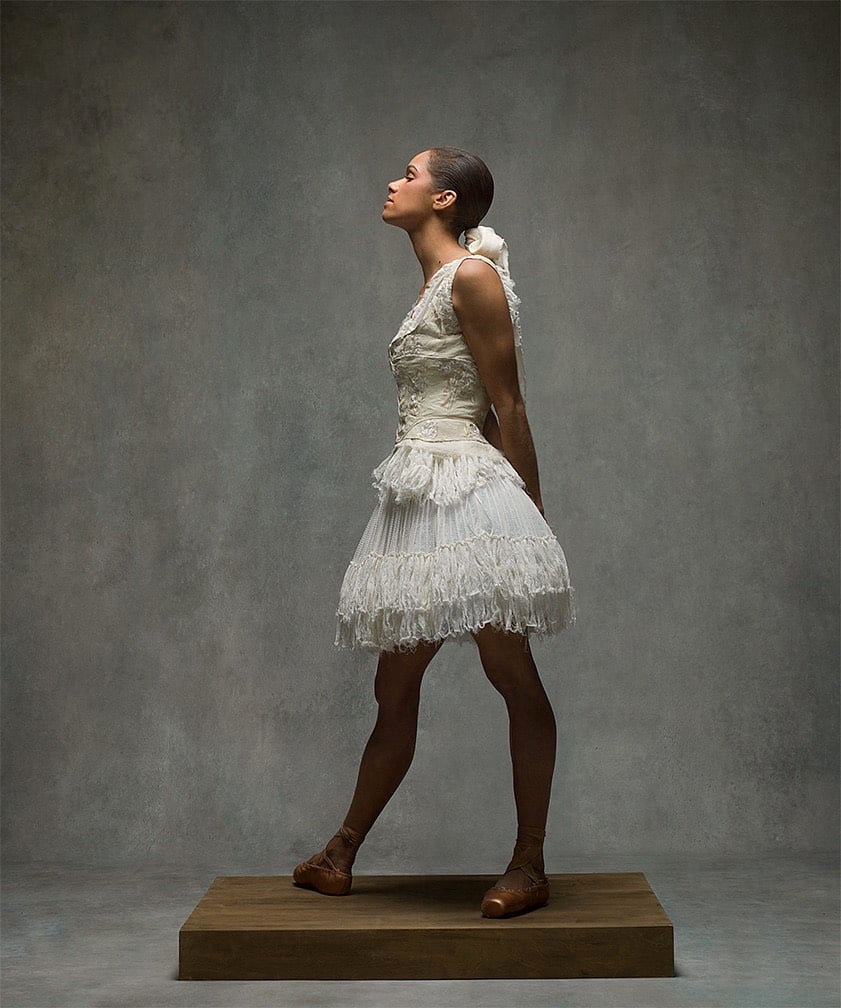
As part of their NYC Dance Project and in partnership with Harper’s Bazaar, photographers Ken Browar and Deborah Ory photographed Misty Copeland, a principal dancer with the prestigious American Ballet Theatre, recreating scenes from the works of French artist Edgar Degas. Above, Copeland poses as the subject of Degas’ La Petite Danseuse de Quatorze Ans (Little Dancer of Fourteen Years) dressed in a $9000 Alexander McQueen dress & corset.
The Harper’s piece vaguely hints at his representation of the ballerinas being “far from sympathetic” but as Julia Fiore wrote in The Sordid Truth behind Degas’s Ballet Dancers, the reality of the Parisian ballet that he was depicting was unsettling.
The formerly upright ballet had taken on the role of unseemly cabaret; in Paris, its success was almost entirely predicated on lecherous social contracts. Sex work was a part of a ballerina’s reality, and the city’s grand opera house, the Palais Garnier, was designed with this in mind. A luxuriously appointed room located behind the stage, called the foyer de la danse, was a place where the dancers would warm up before performances. But it also served as a kind of men’s club, where abonnés — wealthy male subscribers to the opera — could conduct business, socialize, and proposition the ballerinas.
Degas himself did not partake in this scene; he was a misogynist celibate, a Belle Époque incel if you will:
For Degas, the fact that young dancers had sex with old men read not as abuse on the part of the latter but as sin on the part of the former. He assumed girls’ transactions with powerful men meant they could pull strings from behind the scenes, a thought that elicited both horror and fascination. Degas clearly saw something vital in his recurring subjects, who spurred quotes from him like, “I have locked away my heart in a pink satin slipper.”
Degas’ disdain for women — and ballerinas in particular — is writ across “Little Dancer” itself, whose sculptural features were altered to emphasize van Goethem’s moral degeneracy. Degas subscribed to physiognomy, which presumes that criminal behaviors are passed on genetically and thus manifest in physical features. And so he flattened van Goethem’s skull and stretched her chin so she appeared especially “primitive,” a visual reflection of an internal state.
The subject of La Petite Danseuse de Quatorze Ans, Marie van Goethem, did not remain a ballerina for that long after posing for the sculpture:
Marie van Goethem was the “petit rat” who posed for the sculpture, and she likely engaged in the sexually predatory economy of the ballet world to survive. Van Goethem disappeared from the public eye shortly after the sculpture was completed; after being late to a rehearsal, the Paris Opera Ballet dismissed her. The teenager probably returned home to follow in the footsteps of her mother — a laundress and likely prostitute — and older sister, who was also a sex worker.
I wonder if the photographers were aware of this context when taking these photos? Is there something about the photos, about Copeland’s life story or status as a prominent Black ballerina, or about dressing her in thousands of dollars of contemporary couture that subverts Degas’ work and its themes? If so, I’d be fascinated to read an expert analysis that explored these issues. (via cup of jo)
To create this ultra HD footage of the surface of Mars, high-definition panoramas created from hundreds of still photos taken by the Mars rovers are panned over using the Ken Burns effect. The end product is pretty compelling — it’s not video, but it’s not not video either.
A question often asked is: ‘Why don’t we actually have live video from Mars?’
Although the cameras are high quality, the rate at which the rovers can send data back to earth is the biggest challenge. Curiosity can only send data directly back to earth at 32 kilo-bits per second.
Instead, when the rover can connect to the Mars Reconnaissance Orbiter, we get more favourable speeds of 2 Megabytes per second.
However, this link is only available for about 8 minutes each Sol, or Martian day.
As you would expect, sending HD video at these speeds would take a long long time. As nothing really moves on Mars, it makes more sense to take and send back images.
(thx, paul)
Sometimes I forget what a big space dork I am and then a comet comes along and I’m texting everyone I know to get their asses outside to see the amazing sky thing. Anyway, what I’m trying to say is that this is a Comet Neowise fan blog now. After seeing it last night in my backyard,1 I went looking for some of the best photos of it.
My favorite so far is from Thierry Legault (website) of the comet over Mont-Saint-Michel in France.
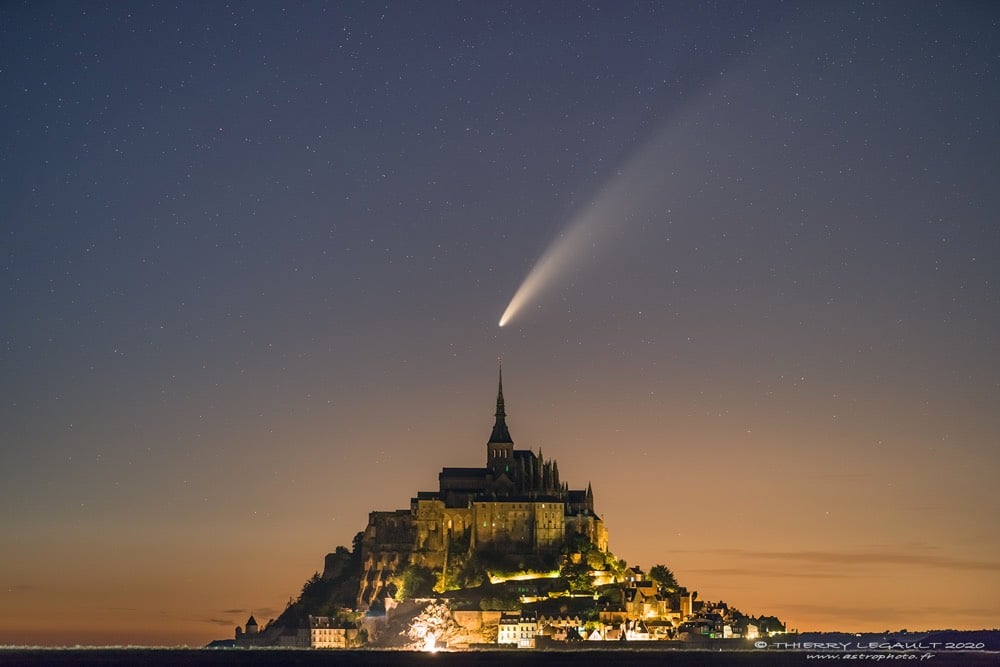
In Focus’s Alan Taylor shared a selection of photographs from around the world, including this one from Mika Laureque.
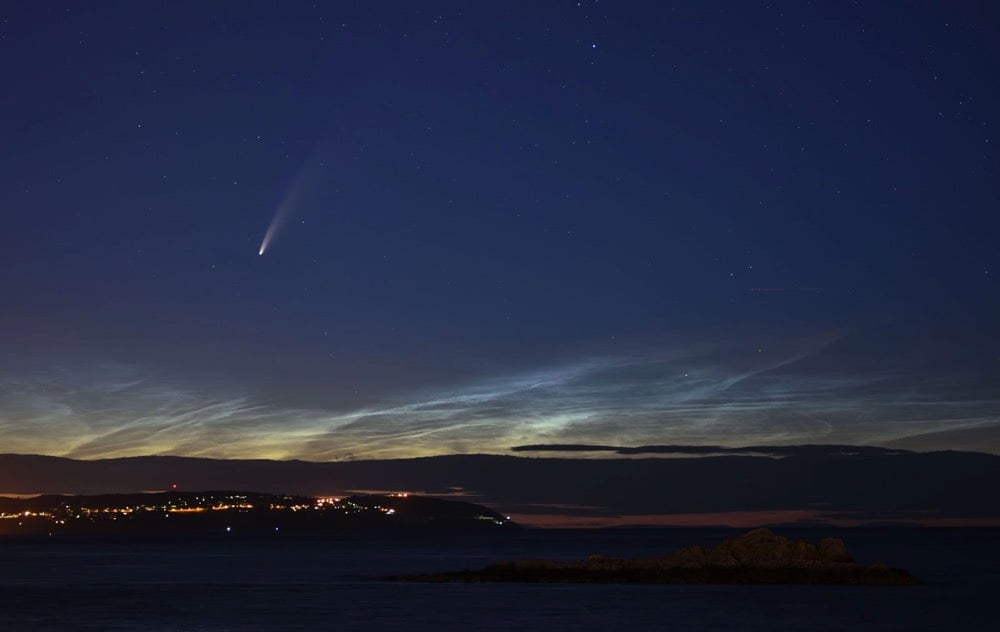
Colossal featured this shot by Lester Tsai of Neowise directly over Mt. Hood. Dang.
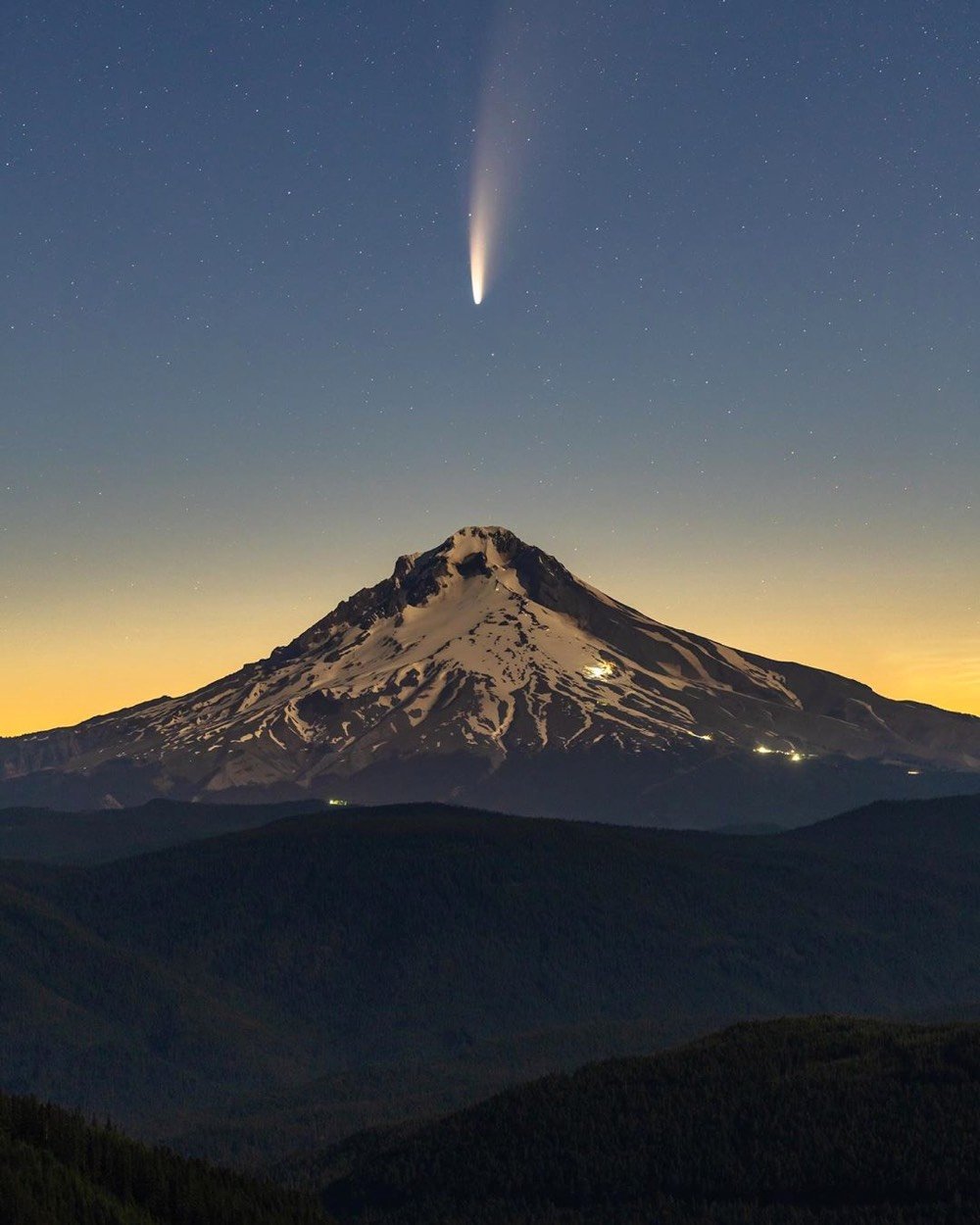
More Comet Neowise photography can be see at USA Today, NASA, Sky & Telescope, and Astronomy Picture of the Day (1, 2, 3, 4, 5).
After seeing it briefly two nights ago before some haze settled in (and only then with the aid of binoculars), I stepped out on my deck last night just after 10pm and bam, it was right there, totally visible with the naked eye. I grabbed the binoculars and got a pretty good view and then got out the telescope. Whoa, papa. Totally mind-blowing.↩
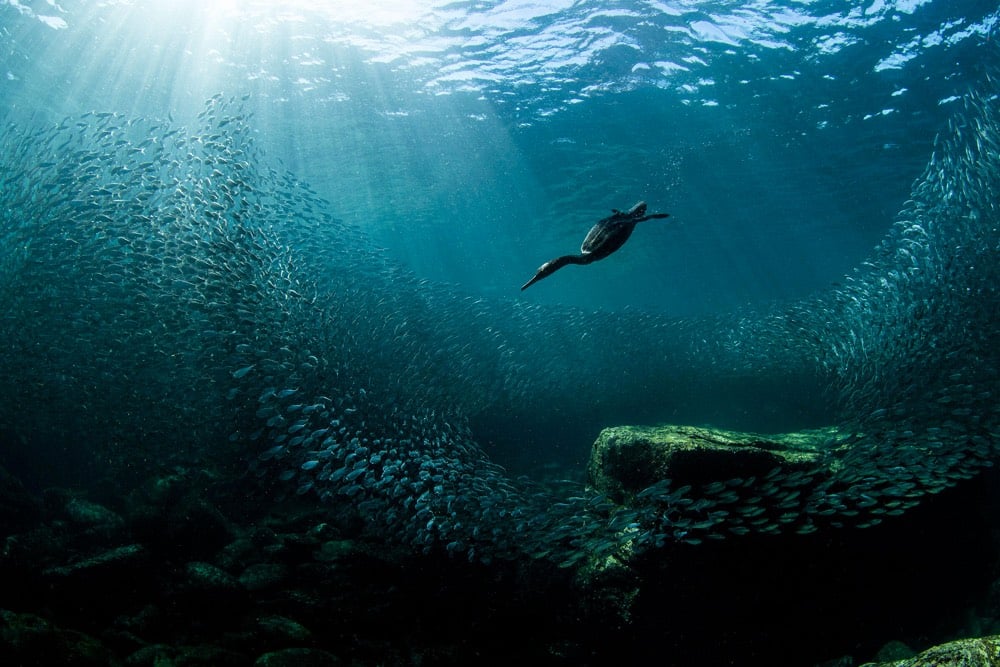
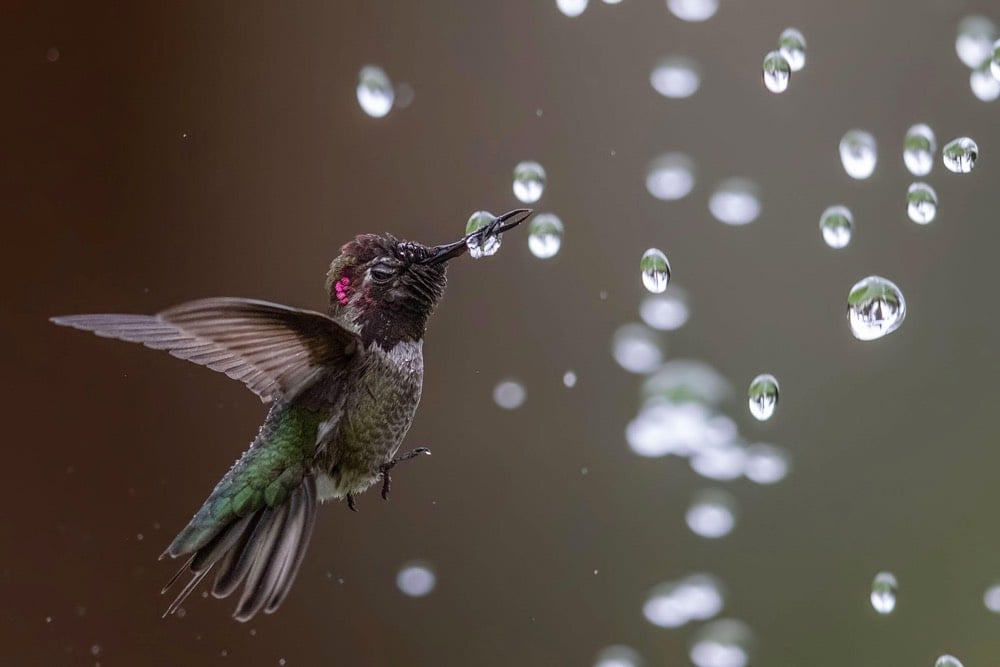
From more than 6000 submissions, the National Audubon Society has selected the winners of The 2020 Audubon Photography Awards, featuring some of the best bird photography of the year. The top photo, of a cormorant diving for dinner, is by Joanna Lentini and the second photo, of a thirsty hummingbird, was taken by Bibek Ghosh.
Update: They’ve released the top 100 images form the competition; so much good stuff in there.
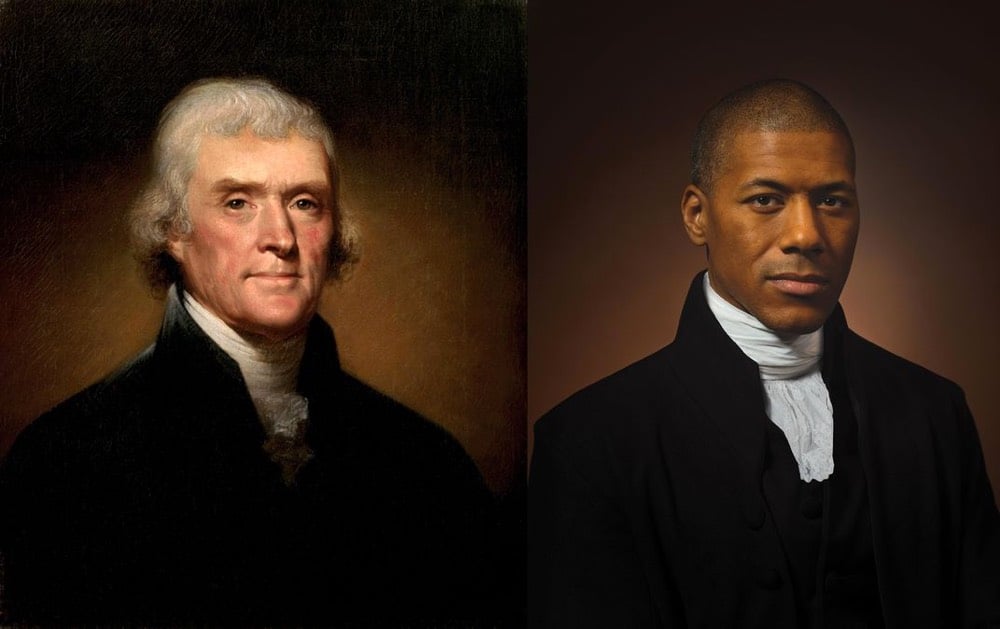
For his Descendents series, Drew Gardner takes photographs of people done up to look like their famous ancestors. The Smithsonian Magazine recently featured Gardner’s photo of Shannon LaNier recreating a portrait of his great-great-great-great-great-great-grandfather, Thomas Jefferson. Here’s the description of Jefferson’s portrait on the White House website:
The portrait of Jefferson was completed in Philadelphia before mid-May 1800 when he left that capital for Monticello. The face has the glow of health, a warm complexion. The sitter here looks directly at us and does so with candor, as our equal. The splendid eyes and mouth convey reason and tolerance.
At odds with that glowing description is LaNier’s very existence; he’s here today because Thomas Jefferson raped his great-great-great-great-great-great-grandmother Sally Hemings. Says LaNier of Jefferson:
He was a brilliant man who preached equality, but he didn’t practice it. He owned people. And now I’m here because of it.
Check out this video for a look at how the portrait was made and more of LaNier’s thoughts about it. (via open culture)
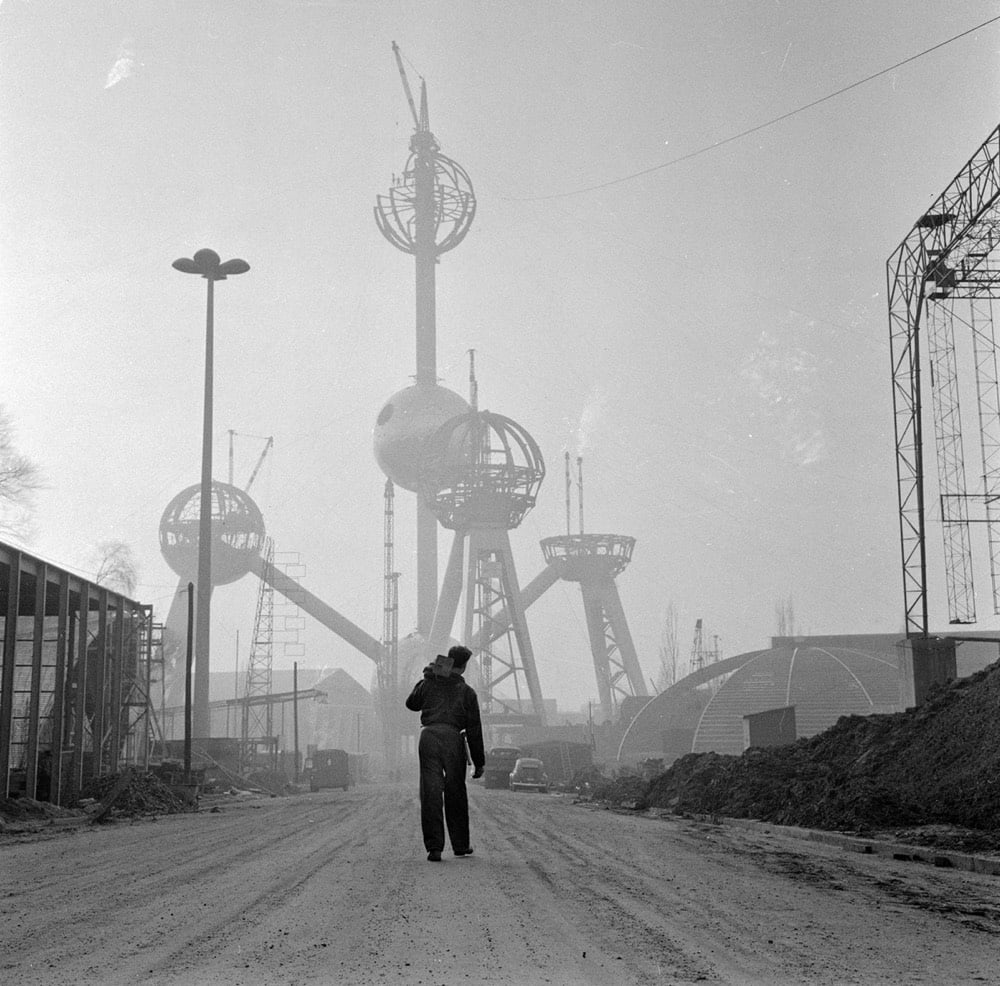
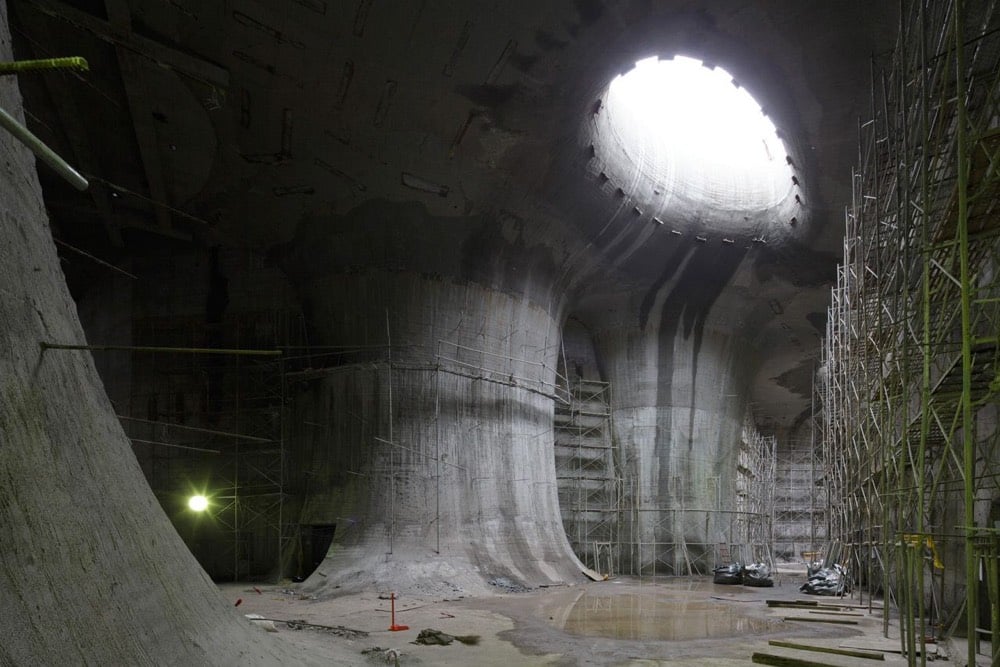
From Federico Italiano, a thread of photographs of large construction sites that accidentally evoke post-apocalyptic feelings.
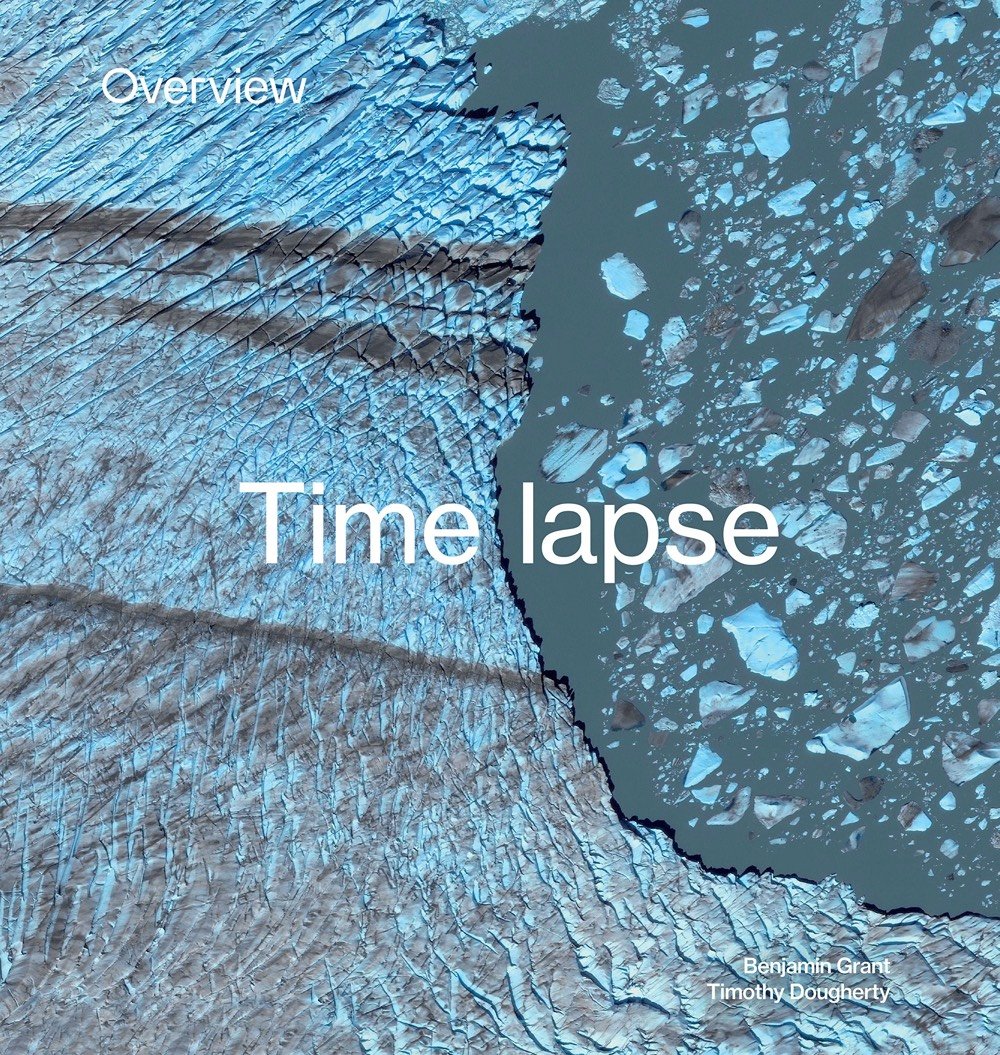
From the creators the Daily Overview website that showcases beautiful & educational satellite imagery of Earth, comes a new book about the Earth’s changing landscape. Overview Timelapse: How We Change the Earth is a book of satellite imagery that shows how landscapes change over time due to things like volcanic eruptions, climate change, population growth, and massive construction projects.
With human activity driving this transformation faster than ever, visible signs can now be seen across the planet. With more than 250 new, mesmerizing images such as sprawling cities and the patterns created by decades of deforestation, this book offers a fresh perspective of change on Earth from a larger-than-life scale.
Here’s a layout from the book that shows the construction of the Beijing Daxing International Airport over the course of several years:
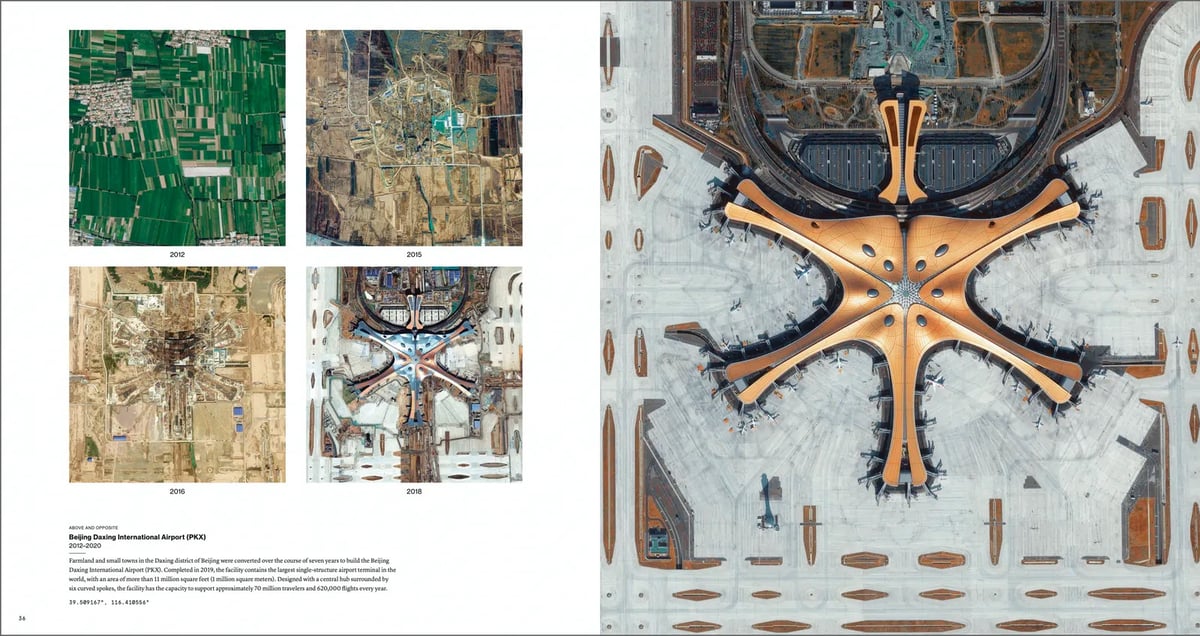
You can preorder Overview Timelapse from Bookshop.org and pick up their previous books as well: Overview and Overview, Young Explorer’s Edition.
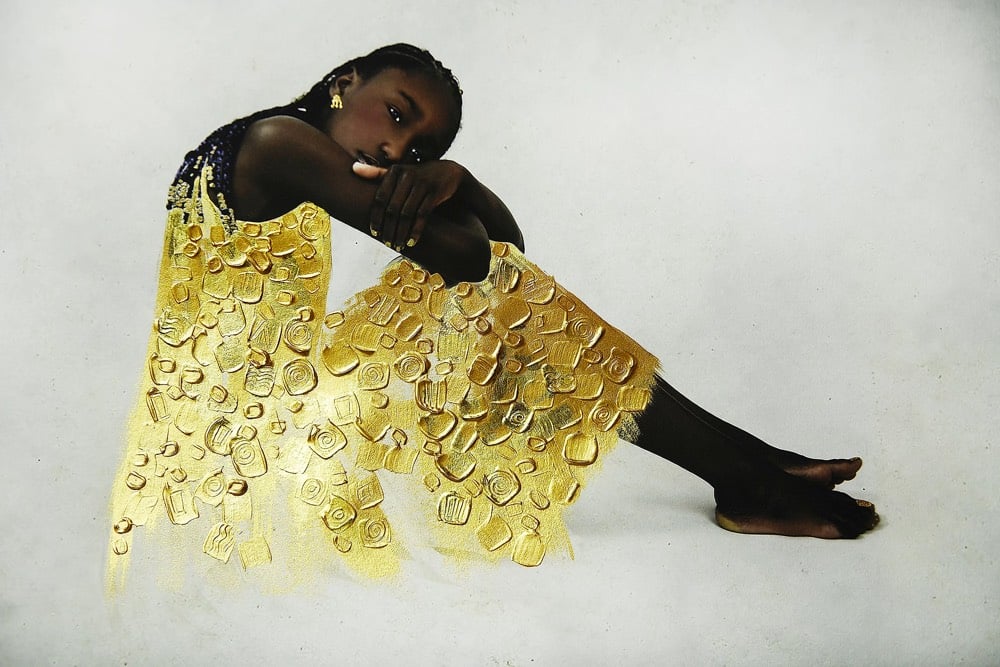
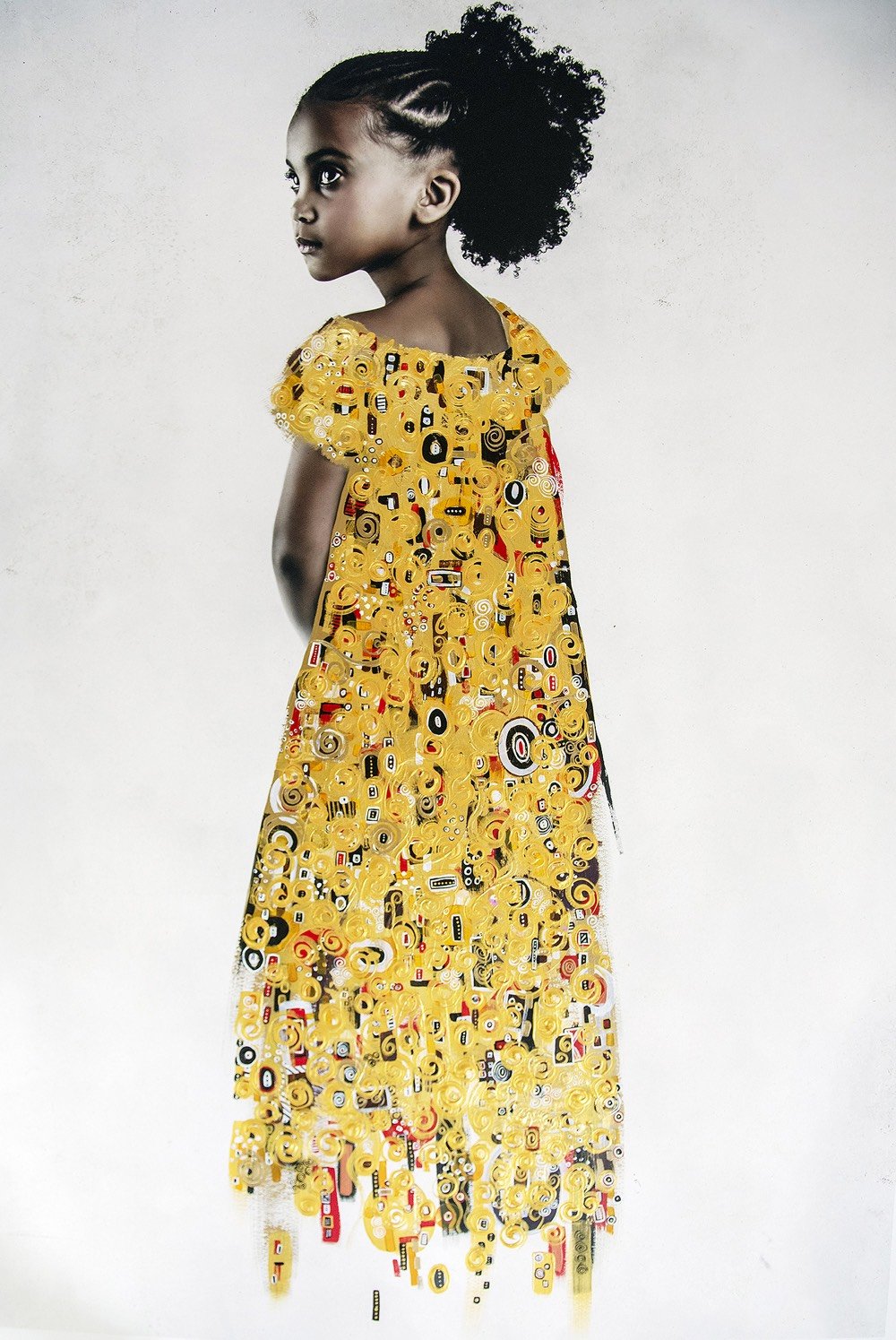
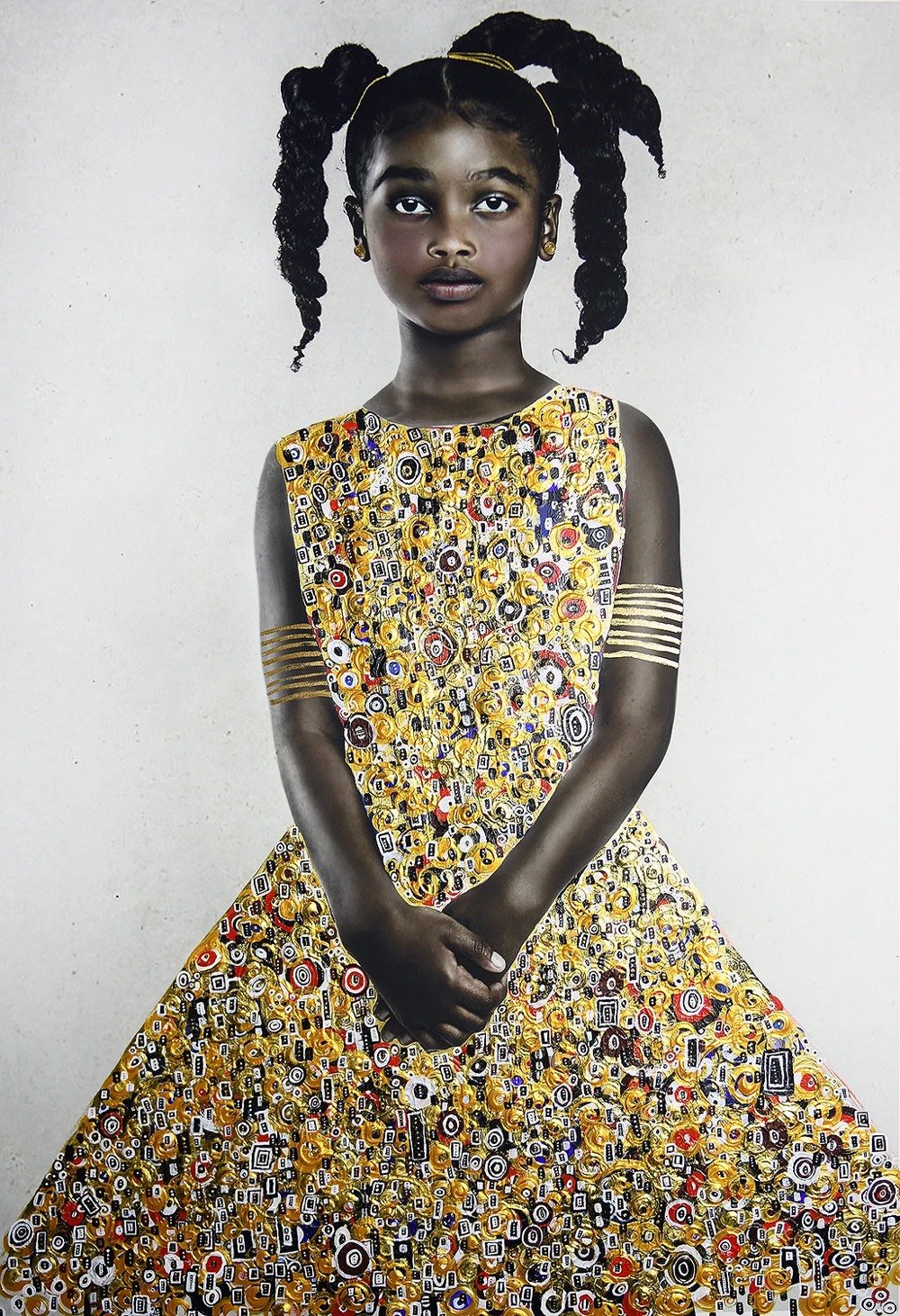
Directly inspired by the paintings of Gustav Klimt’s Golden Phase, the intention of Tawny Chatmon’s project The Redemption is to “celebrate and reinforce the beauty of Black hair, features, life, and culture”.
In the United States and abroad, the hair types and styles that are distinctively akin to Black people and culture continue to be policed and labeled as unkempt, unruly, unattractive, and unprofessional. While we proudly celebrate and adorn these styles with beads, barrettes and other accessories within our cultural norms, they continue to be labeled unacceptable. In schools worldwide, there are rules set in place deeming cornrows, barber designs, hair beads, afros, locs, and protective styles that use hair extensions as “violations of the dress code”. “Violations” that are punishable by ridicule, suspension, exclusion from extracurricular activities and expulsion. Still, in 2019, Black women and men are faced with similar discrimination in the workplace.
Great work — definitely click through to see the entire project. (via colossal)
The NY Times has compiled aerial photos & videos of Saturday’s protests against racism & police violence from across the United States and around the world. This is Philadelphia:
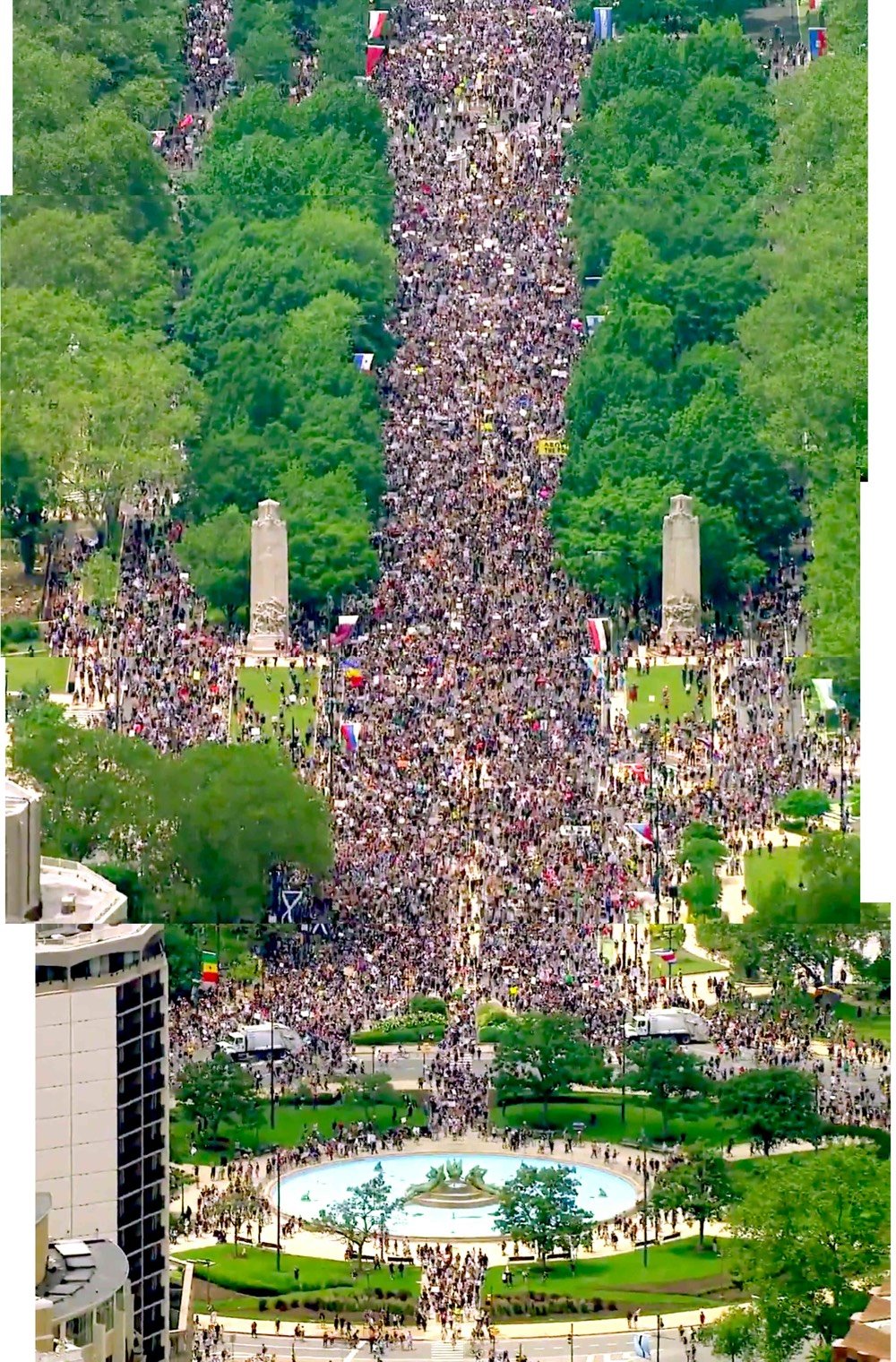
Some of the largest protests have been in Europe; here’s Berlin:
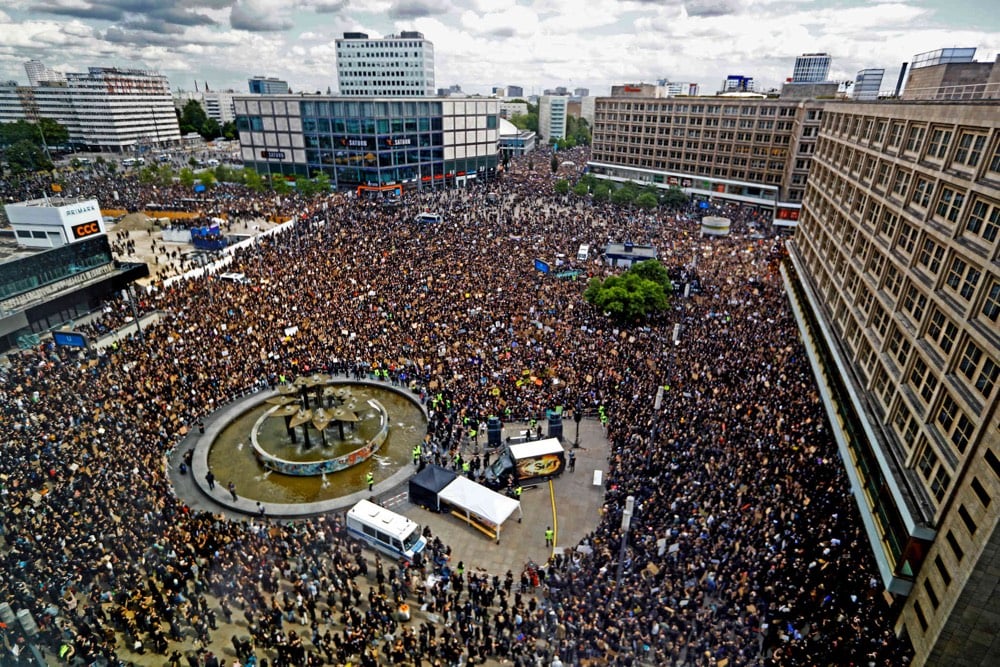
This wasn’t part of the Times’ package, but this drone’s eye view of Hollywood Blvd in Los Angeles on Sunday is absolutely breathtaking.
Anne Helen Petersen has been tracking protests in smaller cities and towns around the nation and wrote about their importance for BuzzFeed. To see photos from this weekend’s protests, you can dip into her thread here and just scroll.
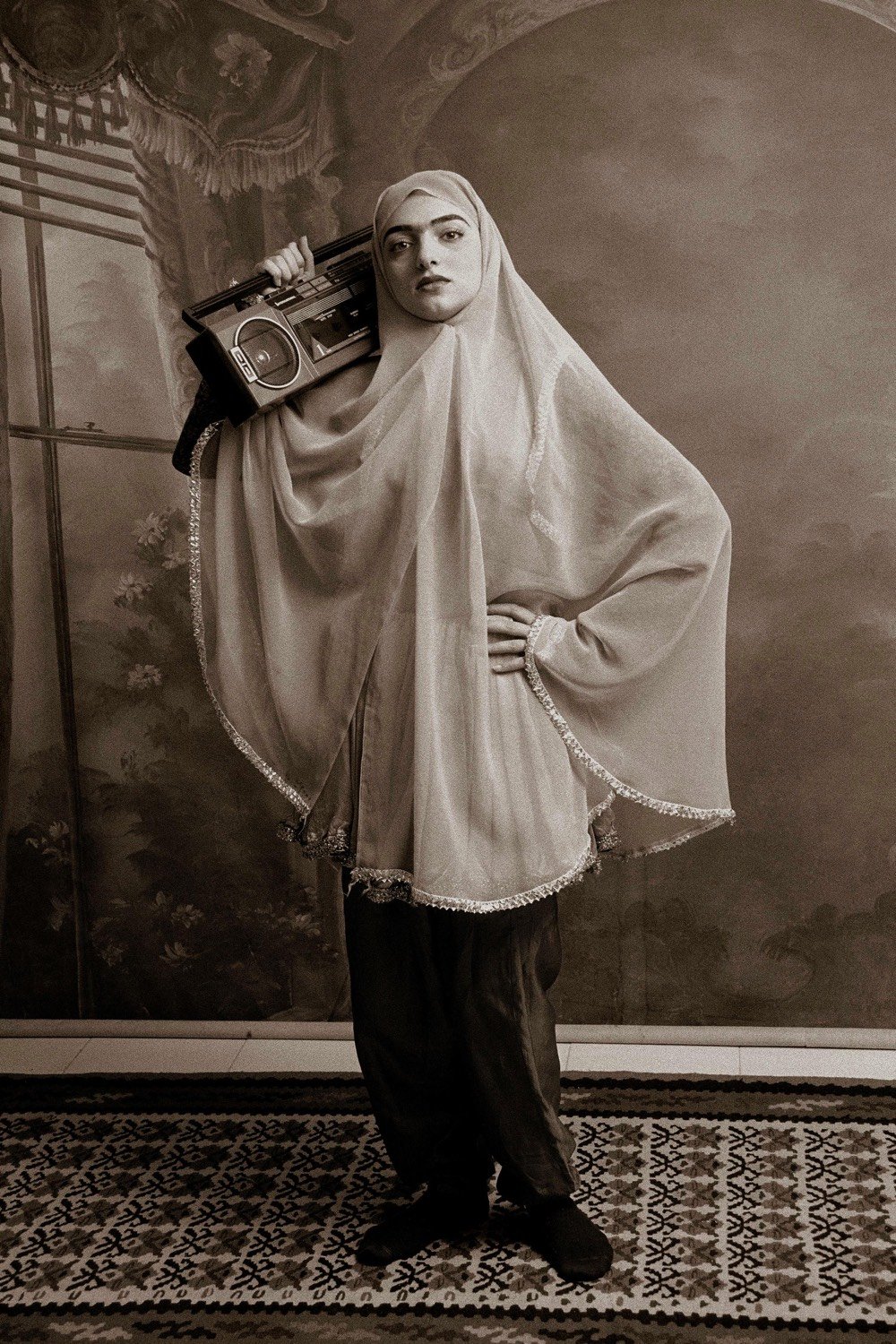
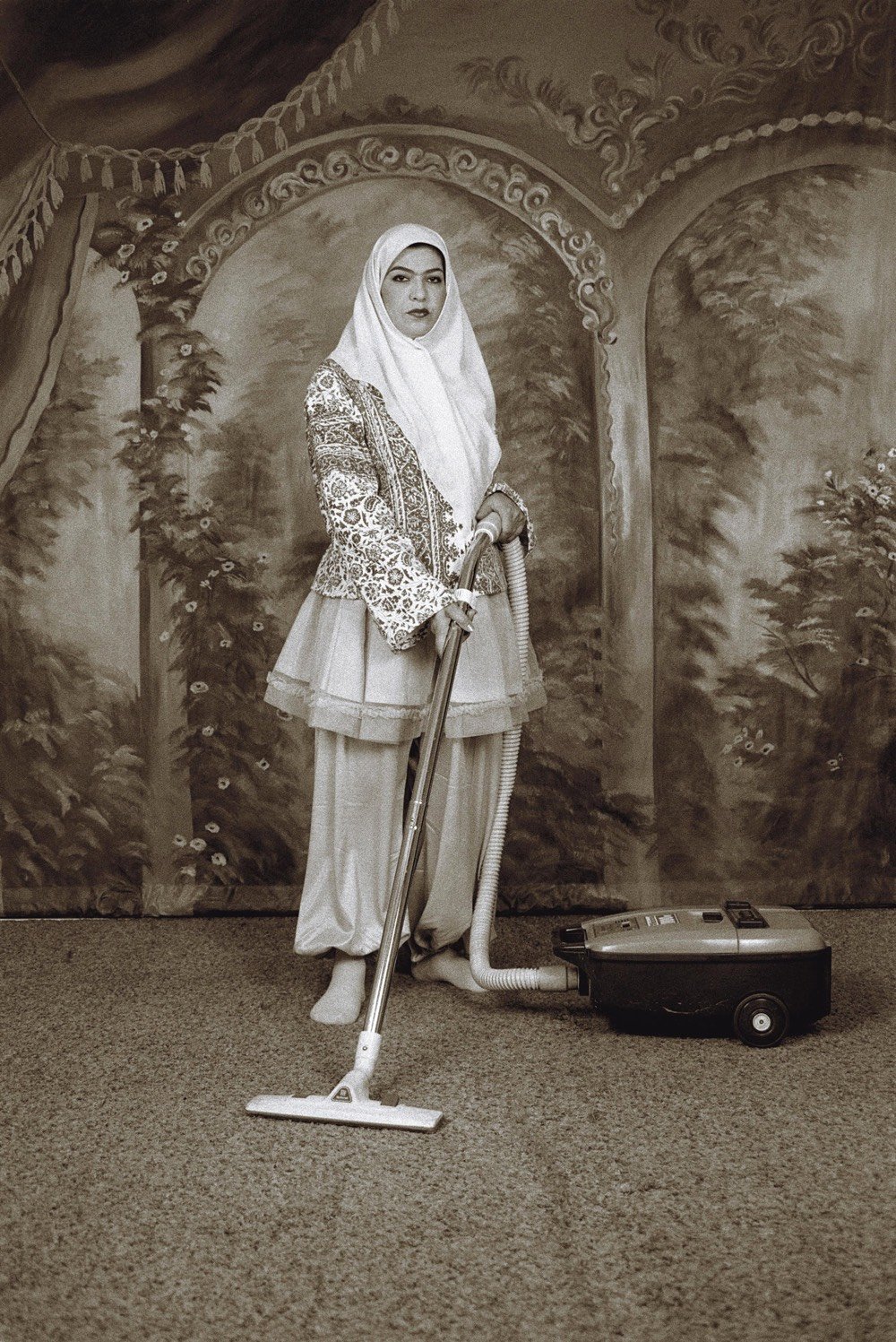
For her photo series Qajar, Iranian photographer Shadi Ghadirian styled her subjects and their backgrounds as they would have appeared in portraits taken during Iran’s Qajar Dynasty in the 19th century. But each subject is also posed with a contemporary object like a boombox, bicycle, soda can, or vacuum cleaner. Ghadirian says of her work: “My pictures became a mirror reflecting how I felt: we are stuck between tradition and modernity.”
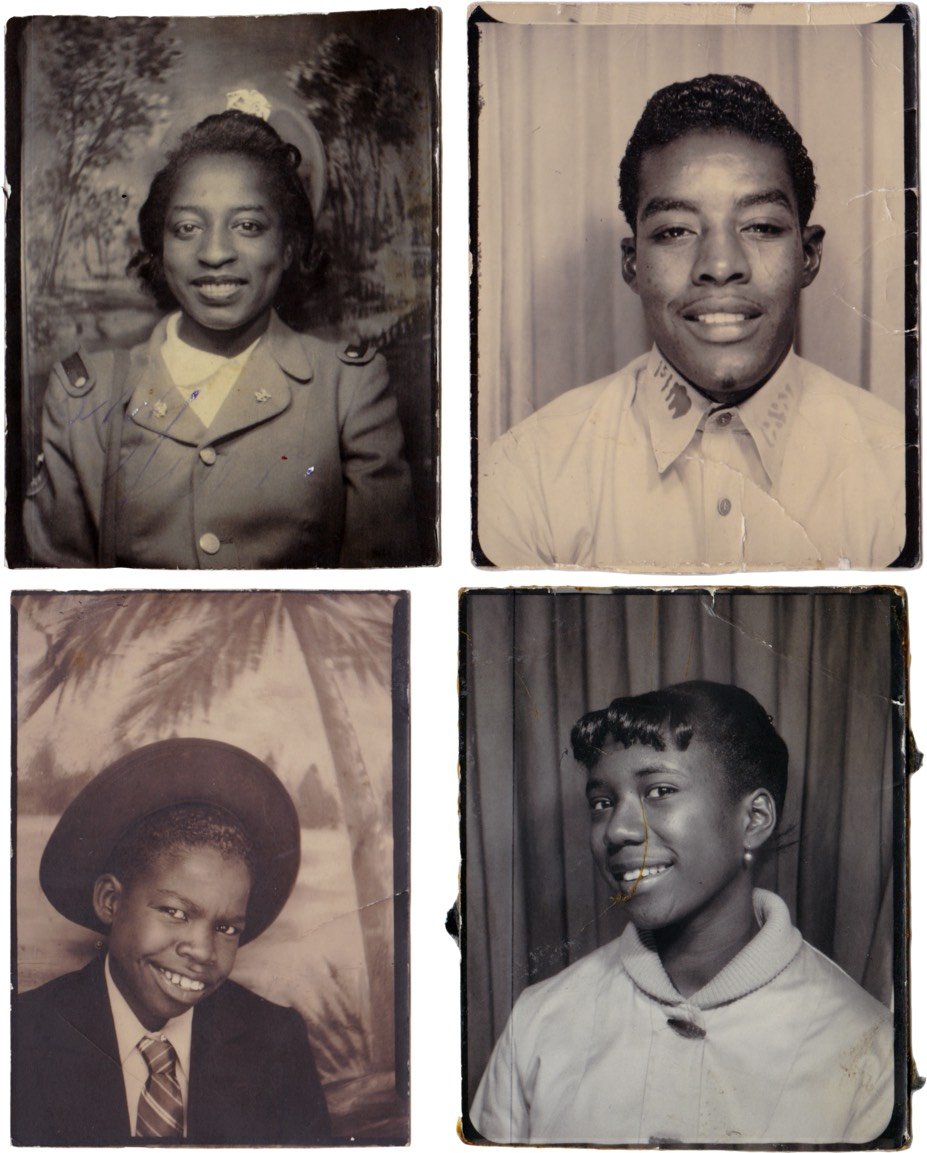
Mariame Kaba has been collecting photo booth portraits of black people for years and built a website that displays a selection of them.
I’ve been collecting found images of Black people for many years. Some of my favorites are photo booth portraits. They often show Black people of different ages, genders, classes in serious and also playful poses. Usually, there are no names listed so these anonymous people invite the viewer to use their imagination in crafting a story about their lives.
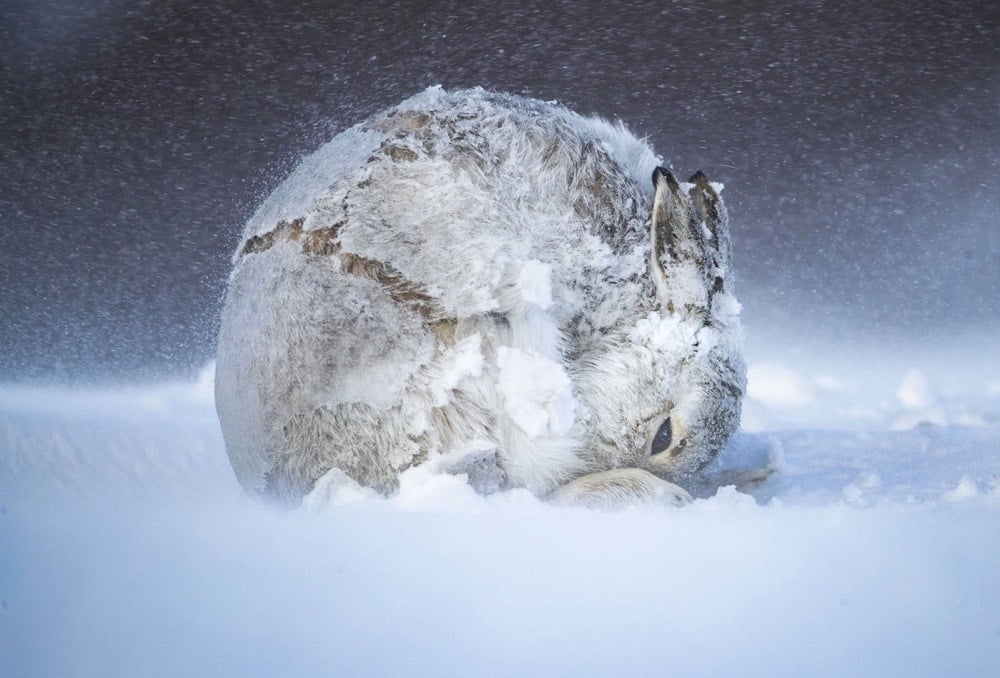
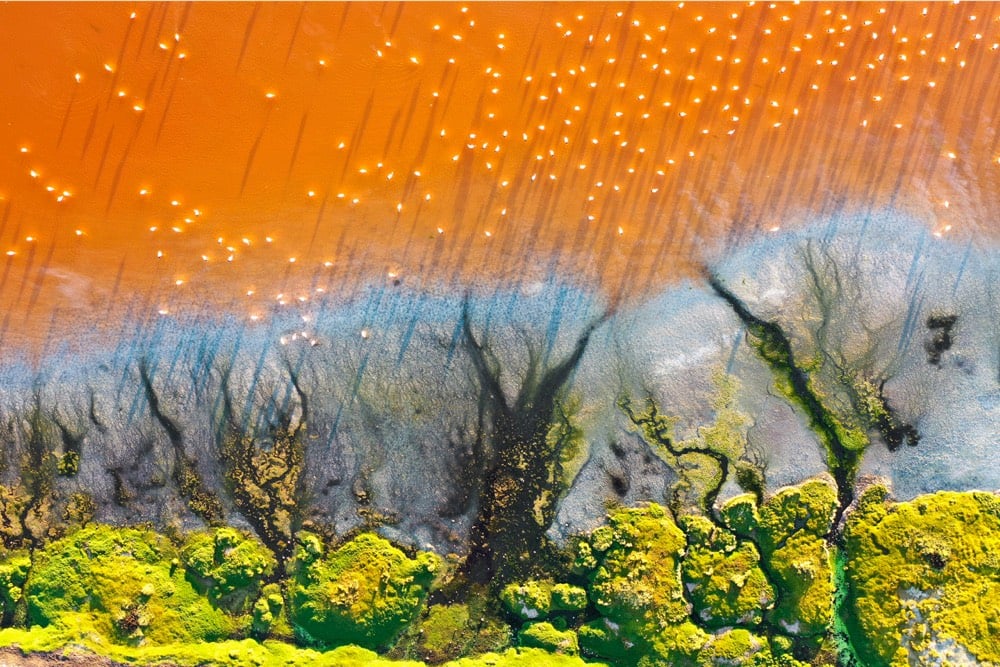
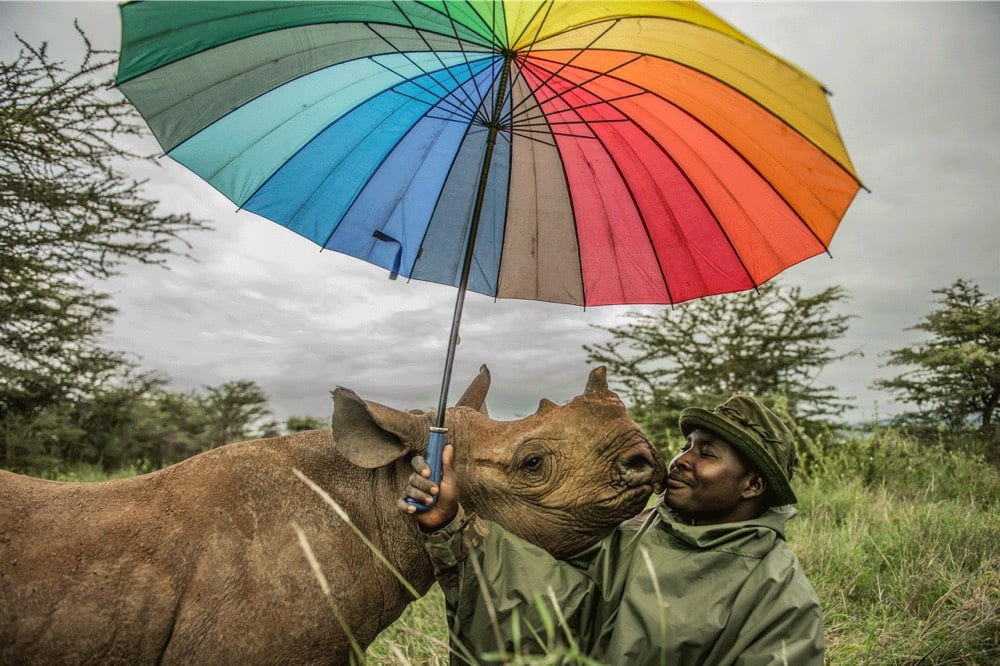
In Focus has a selection of the winners of the 2020 BigPicture Natural World Photography Competition organized by the California Academy of Sciences. Here’s how Andy Parkinson got that amazing photo of the hare:
To get this intimate shot of a mountain hare (Lepus timidus) curled up against a Scottish winter storm, Andy Parkinson endured weeks of ferocious cold and wind that drove shards of ice into his face. Britain’s only native rabbit species, on the other hand, is utterly at home in these inhospitable conditions. Groups of twenty or more hares gather each winter to nibble heather on leeward slopes, where the snow tends to be shallower. Before resting, they jump away from their tracks to confuse predators. And while some ride out storms in burrows or depressions, this female created her own shelter, tucking herself into a ball to conserve heat and minimize exposure to the elements. It’s a nifty strategy for surviving the kind of weather that drives most creatures indoors or underground.
You can view the winners and category finalists on the BigPicture Competition website. Photos above (top to bottom) by Andy Parkinson, Jes Stockhausen, and Amy Vitale.
Last month, I told you about Comet ATLAS, which at that time looked capable of putting on a real show in the night sky.
Except, since its discovery, the comet has been brightening at an almost unprecedented speed. As of March 17, ATLAS was already magnitude +8.5, over 600 times brighter than forecast. As a result, great expectations are buzzing for this icy lump of cosmic detritus, with hopes it could become a stupendously bright object by the end of May.
It turns out the increase in brightness was fleeting — and possibly due to the comet breaking apart. In the past week, the Hubble Space Telescope has gotten two good looks at the disintegrating comet, identifying that the main mass has broken into about 30 fragments.
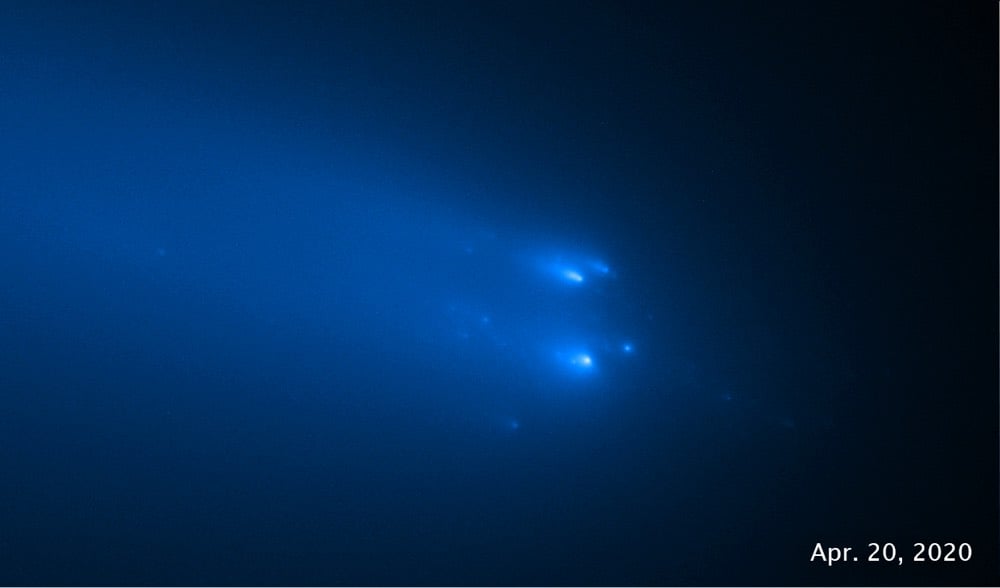

“This is really exciting — both because such events are super cool to watch and because they do not happen very often. Most comets that fragment are too dim to see. Events at such scale only happen once or twice a decade,” said the leader of a second Hubble observing team, Quanzhi Ye, of the University of Maryland, College Park.
The results are evidence that comet fragmentation is actually fairly common, say researchers. It might even be the dominant mechanism by which the solid, icy nuclei of comets die. Because this happens quickly and unpredictably, astronomers remain largely uncertain about the cause of fragmentation. Hubble’s crisp images may yield new clues to the breakup. Hubble distinguishes pieces as small as the size of a house. Before the breakup, the entire nucleus may have been no more than the length of two football fields.
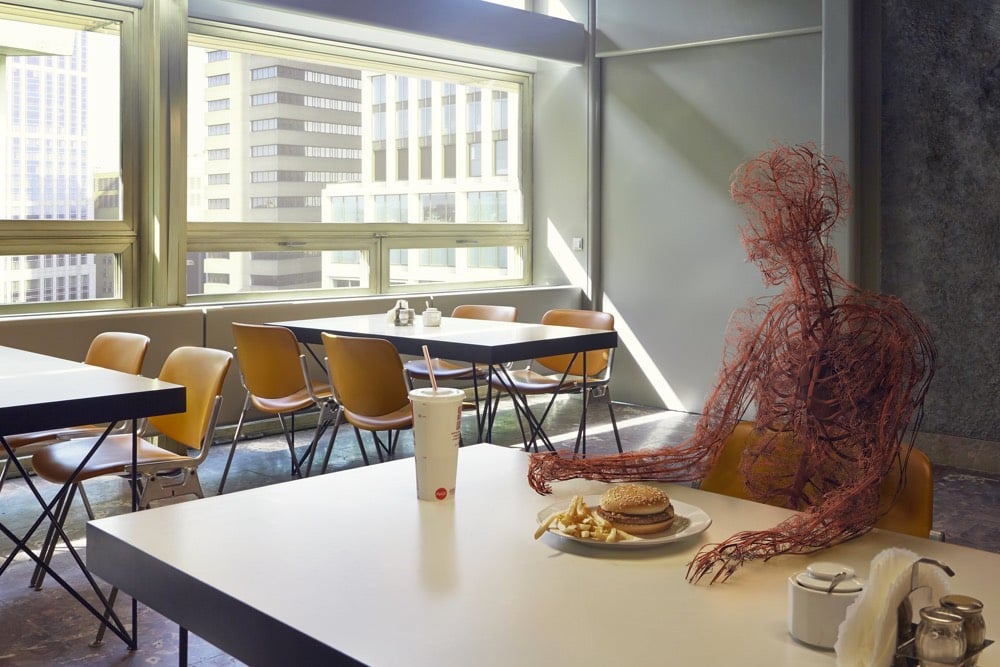
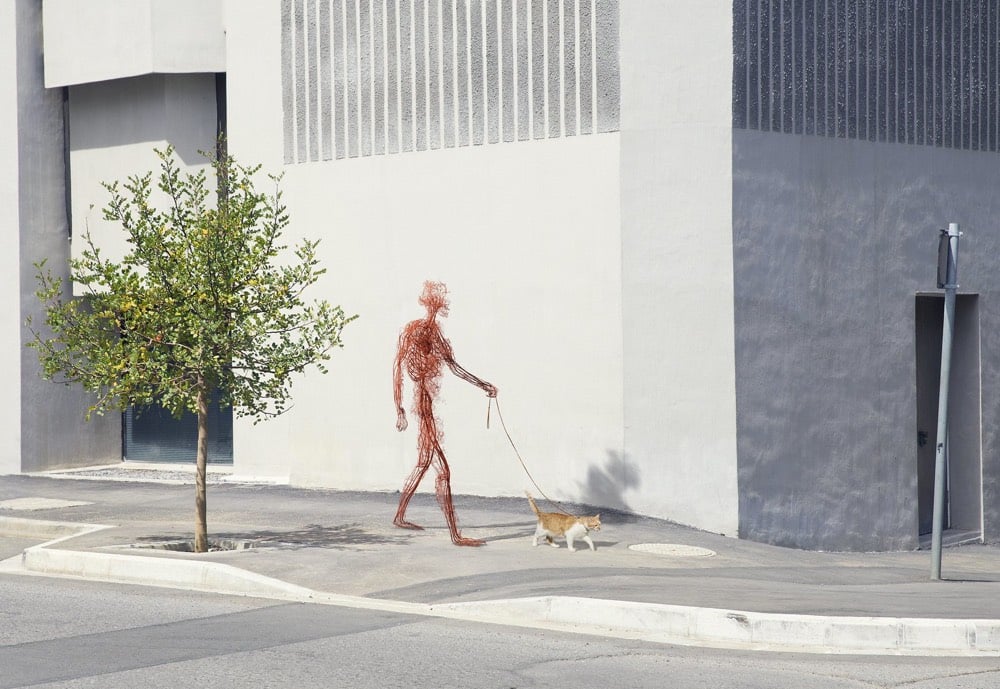
I am not quite sure what to say about Human After All, a collaboration between photographer Jan Kriwol and digital artist Markos Kay, other than it seems like a metaphor for something these days. (via colossal)
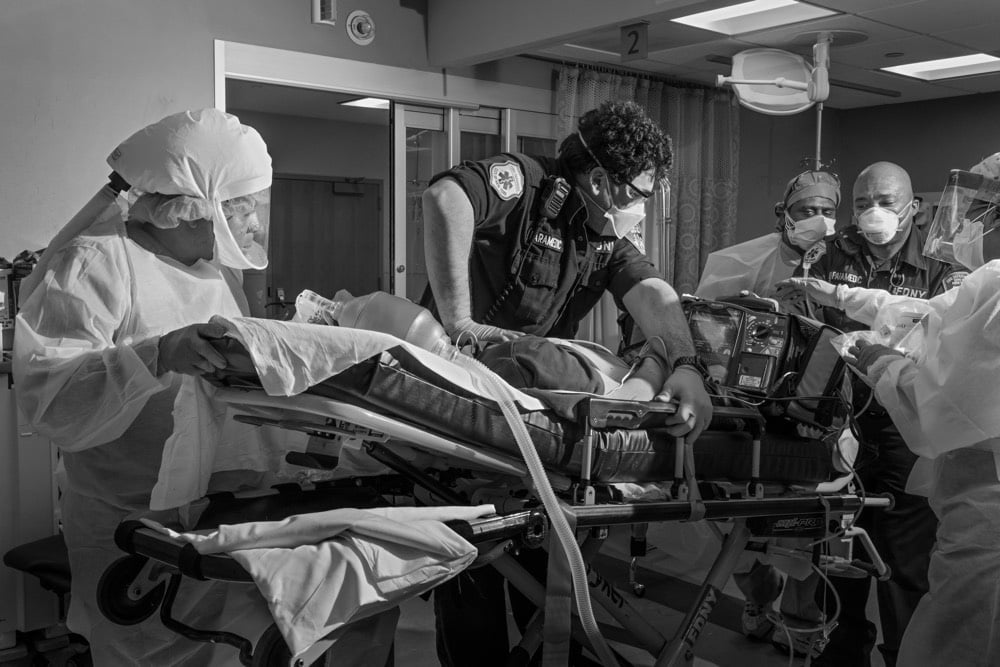
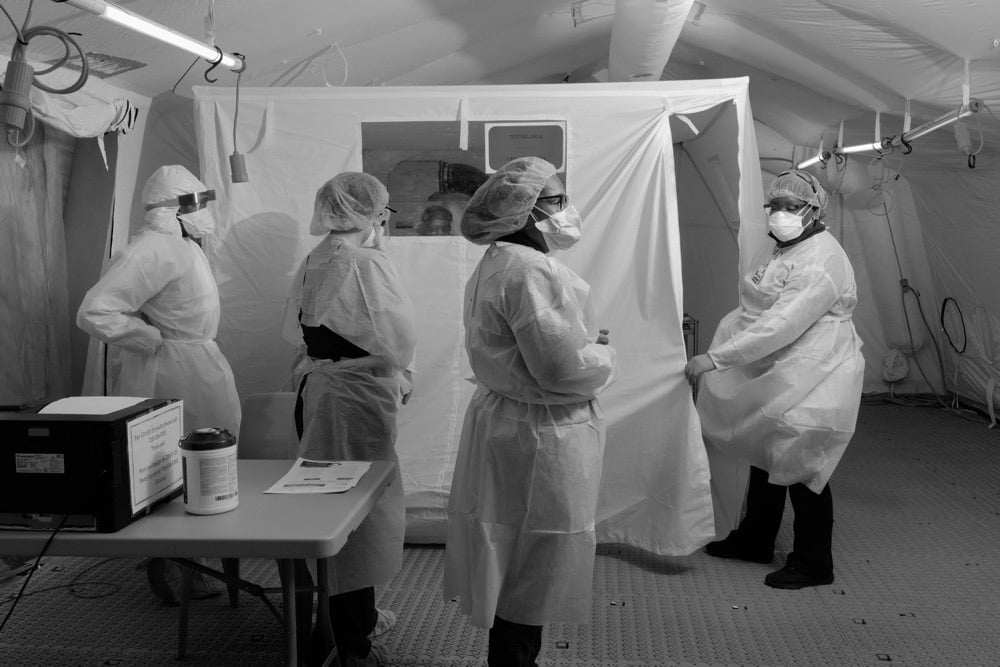
Clad in full PPE, photographer Philip Montgomery visited seven different NYC public hospitals over the course of a week for the NY Times Magazine, documenting the hospital workers’ fight against Covid-19, supply shortages, and intense working conditions.
At Elmhurst, the improvisation began as soon as the first surge of coronavirus patients started arriving in the middle of March. In order to more efficiently sift through the crowds and find the most severe cases, the staff set up a divider at the entrance. Medical workers armed with thermometers and oxygen monitors steered people with milder symptoms to a separate treatment tent. Those who were seriously ill went into critical care. Thirteen patients at the hospital died over a 24-hour stretch during the fourth week in March. A refrigerated trailer was parked behind the building to store dead bodies.
In a short behind-the-scenes video about his photos and the piece, Montgomery says “I think if the general public could stand where I was for at least 10 to 30 seconds, I think everyone would be staying home.”
From the same issue of the magazine, Dr. Helen Ouyang: I’m an E.R. Doctor in New York. None of Us Will Ever Be the Same. What initially started as an article about the situation in Italy rapidly escalates into NYC hospitals fighting those same battles.
Family members weren’t allowed into the hospital because they, too, could get infected or spread the virus to others if they themselves were sick. But Duca asked for permission from his supervisor to let the man’s wife and daughter in, just for a few minutes. “I saw his face when he looked at his wife coming inside this room,” Duca recalls. “He smiled at her. It was a fraction of a second. He had this wonderful smile.” He continues: “Then I saw that he was looking at me. He realized that there was something wrong if only his relatives were coming inside.” The man knew in that instant that he was going to die, Duca says. As the man’s breathing worsened, morphine was started. He died 12 hours later.
Read the whole thing; it’s upsetting, terrifying, and deeply humanizing. I wish Americans watched less TV news and read more — if everyone in the US read these articles, I believe the entire tone of this crisis would change and become more urgent.
In Singapore, tape is being used as a sort of architectural element to denote closure of public spaces and promote & enforce proper social distancing practices. The @tape_measures account on Instagram is documenting instances of this practice around the city.
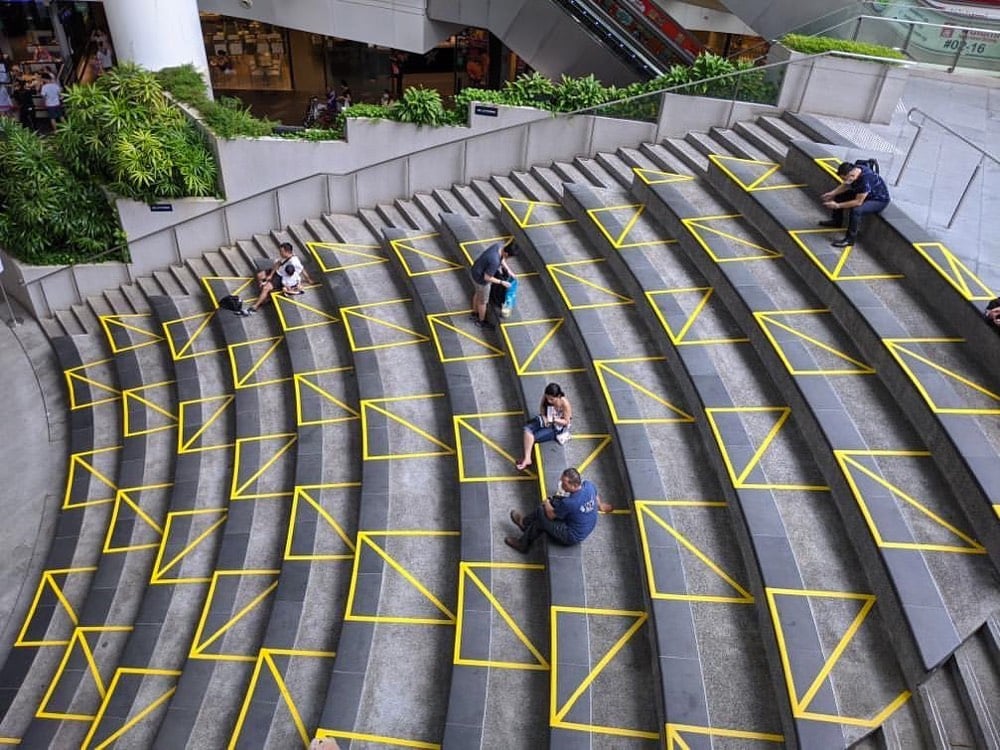
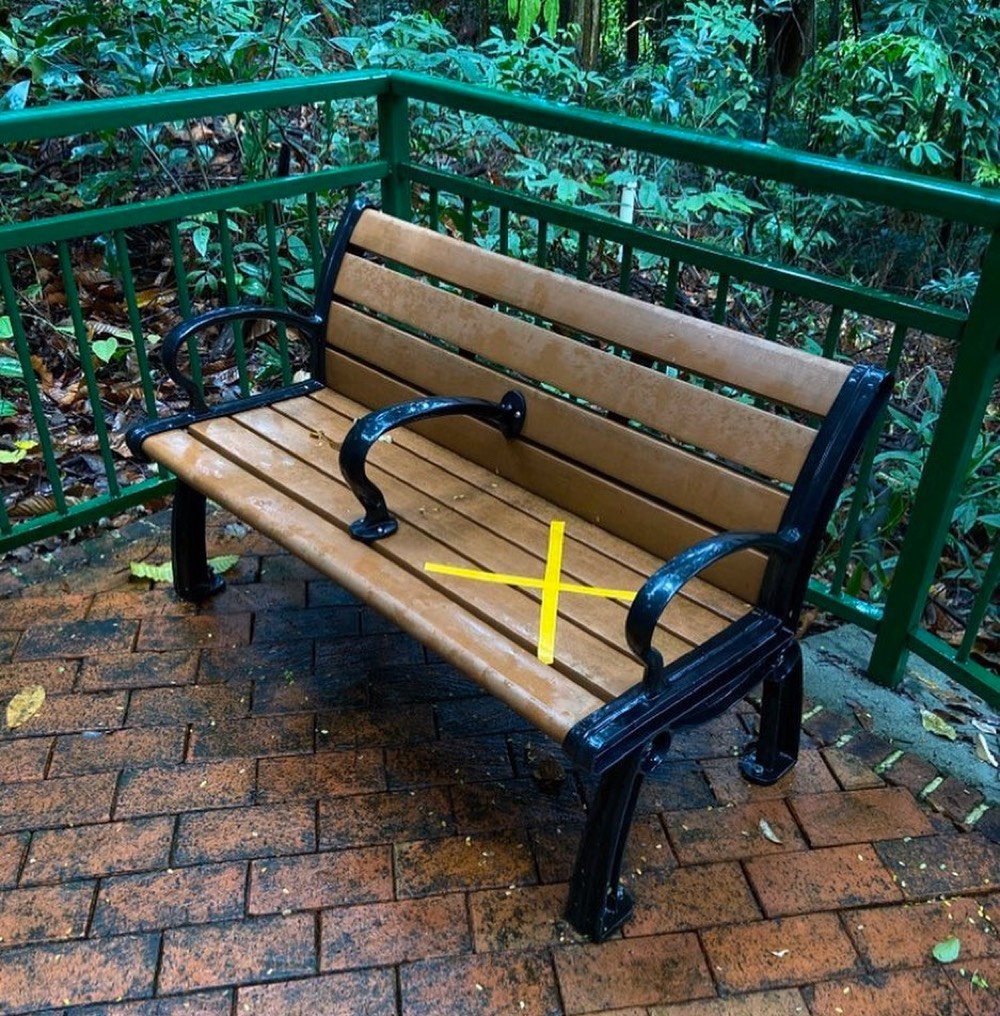
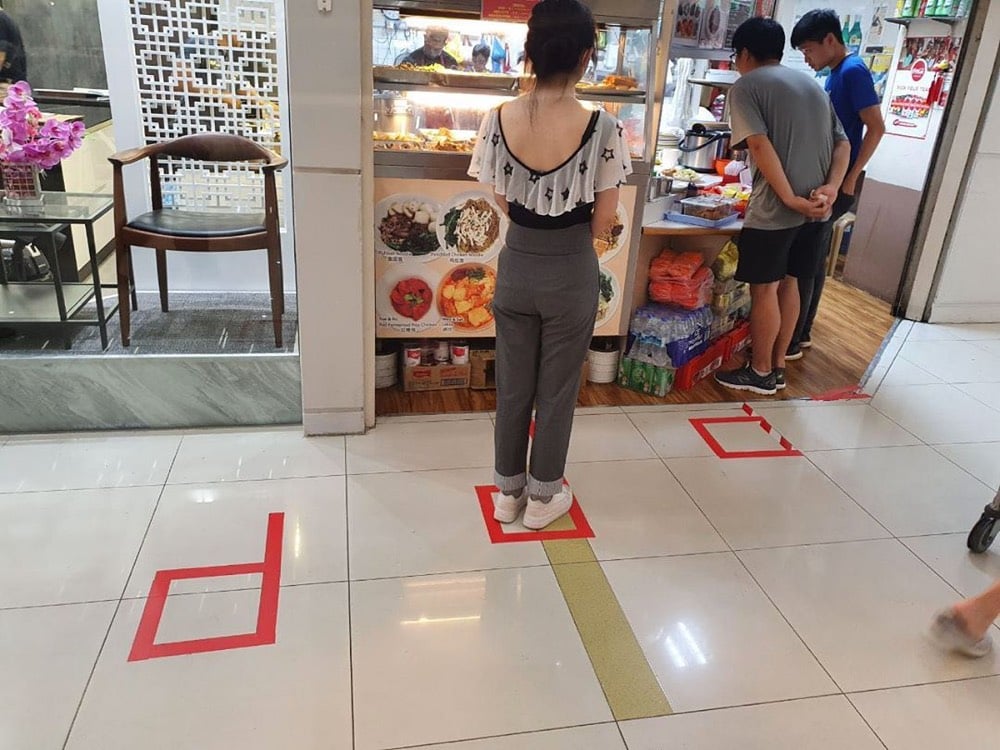
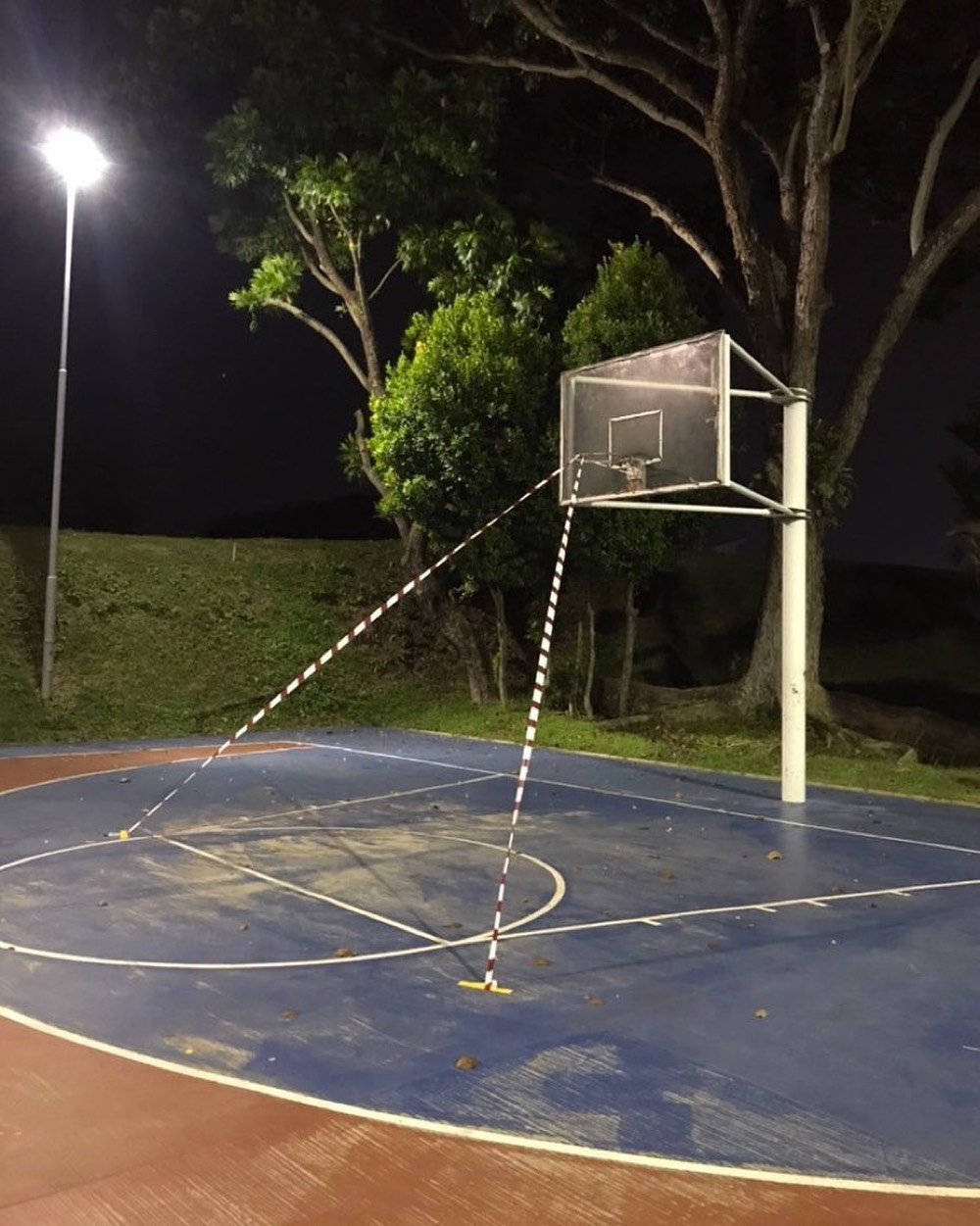
(thx, sam)
Stay Connected